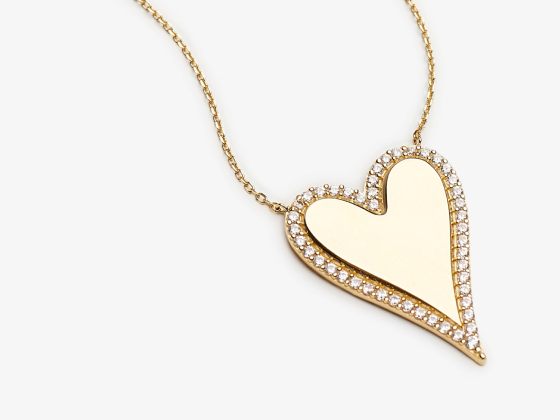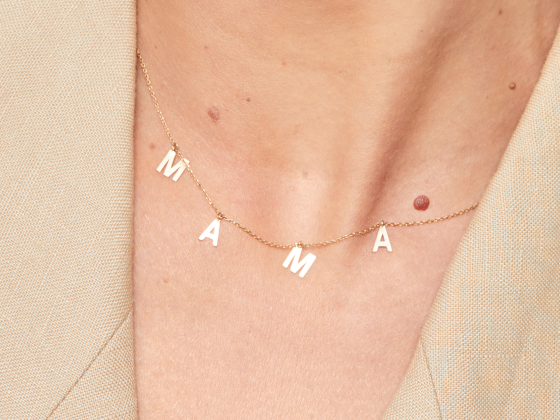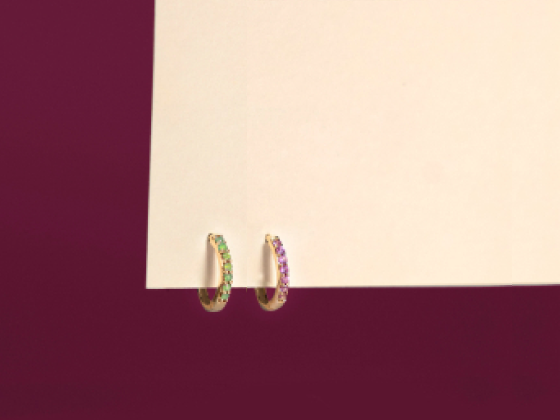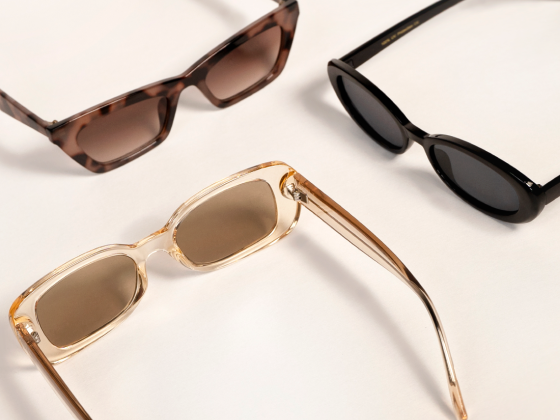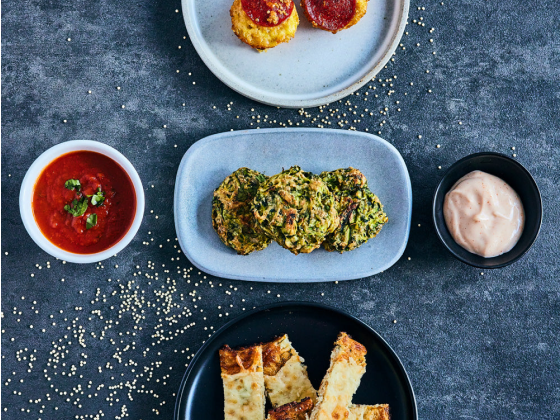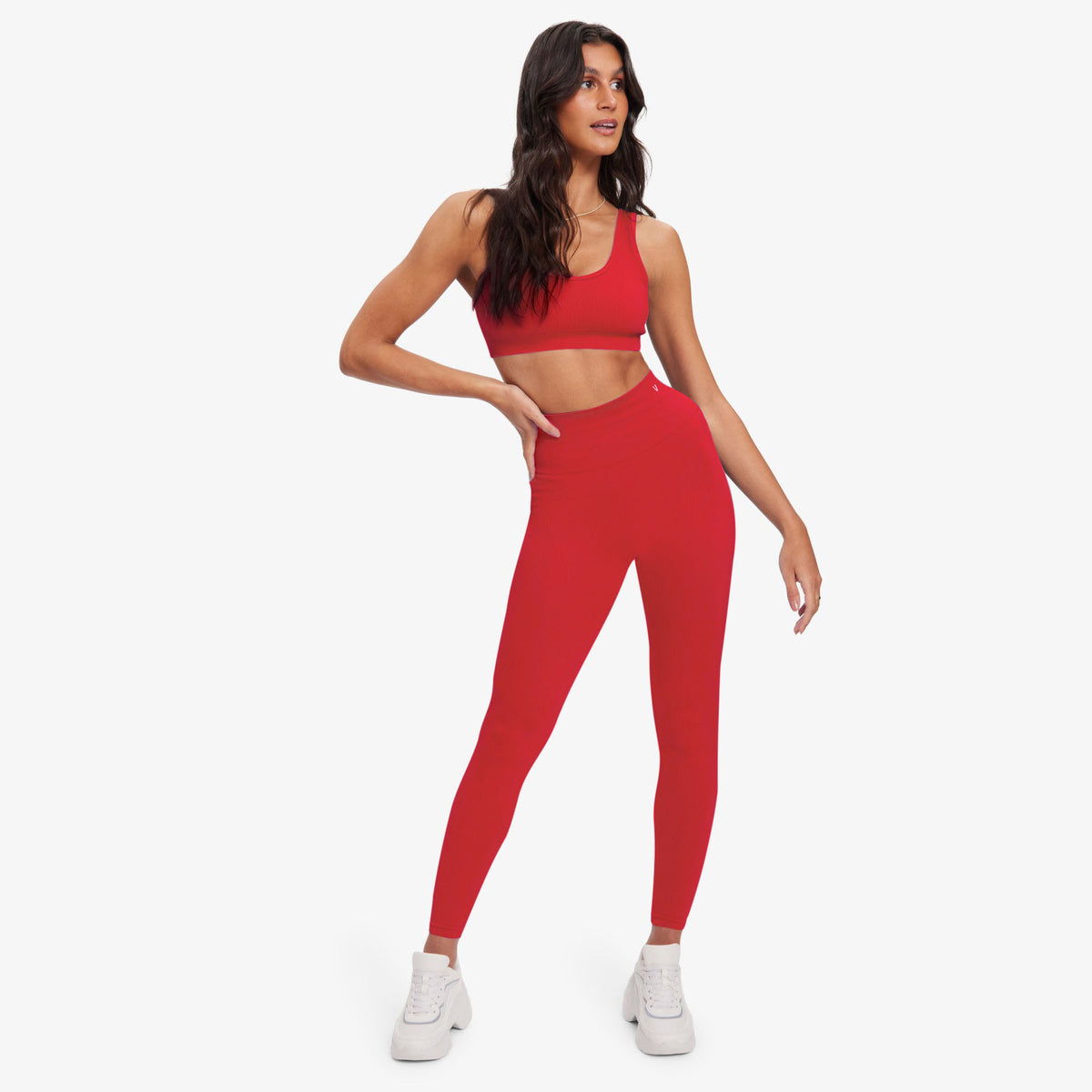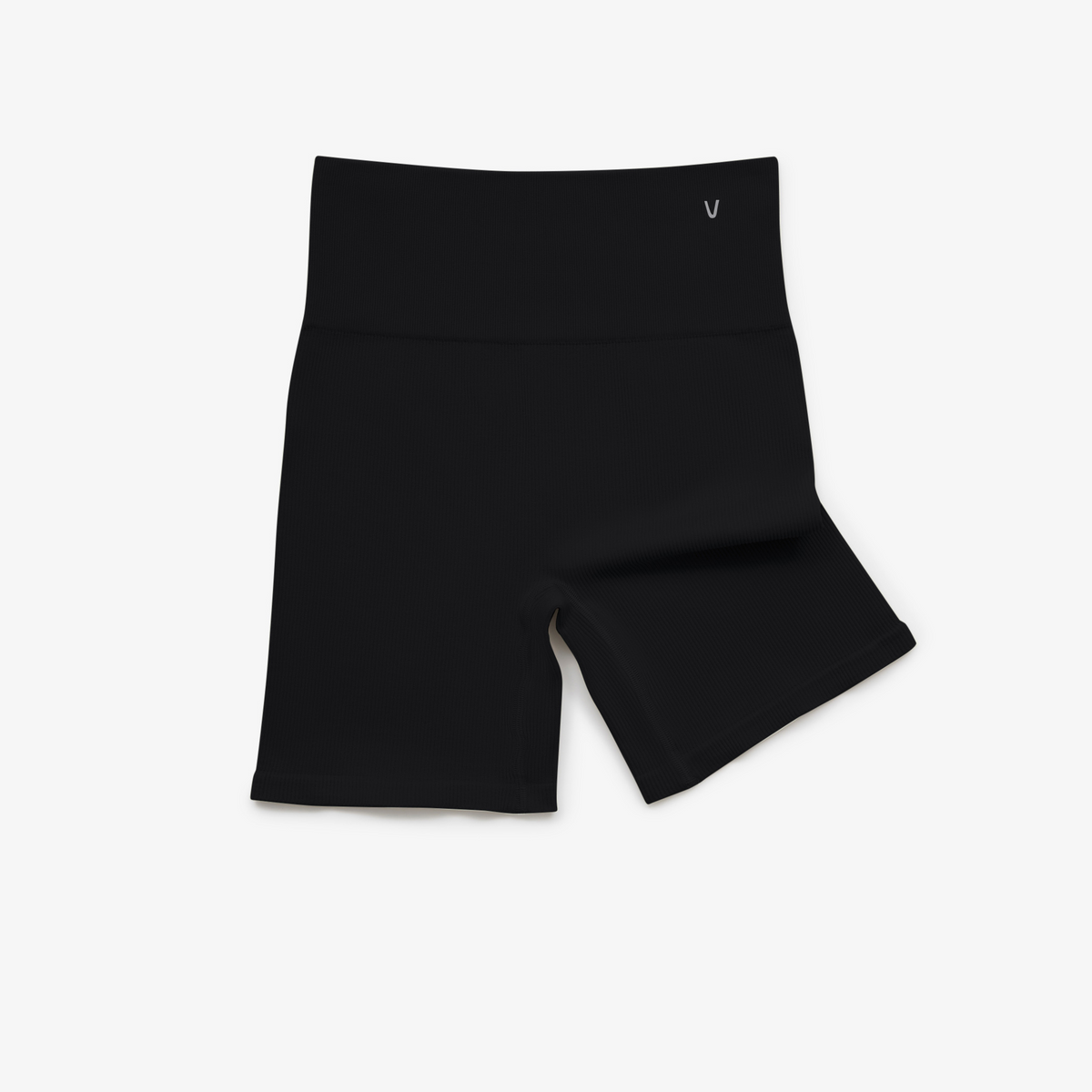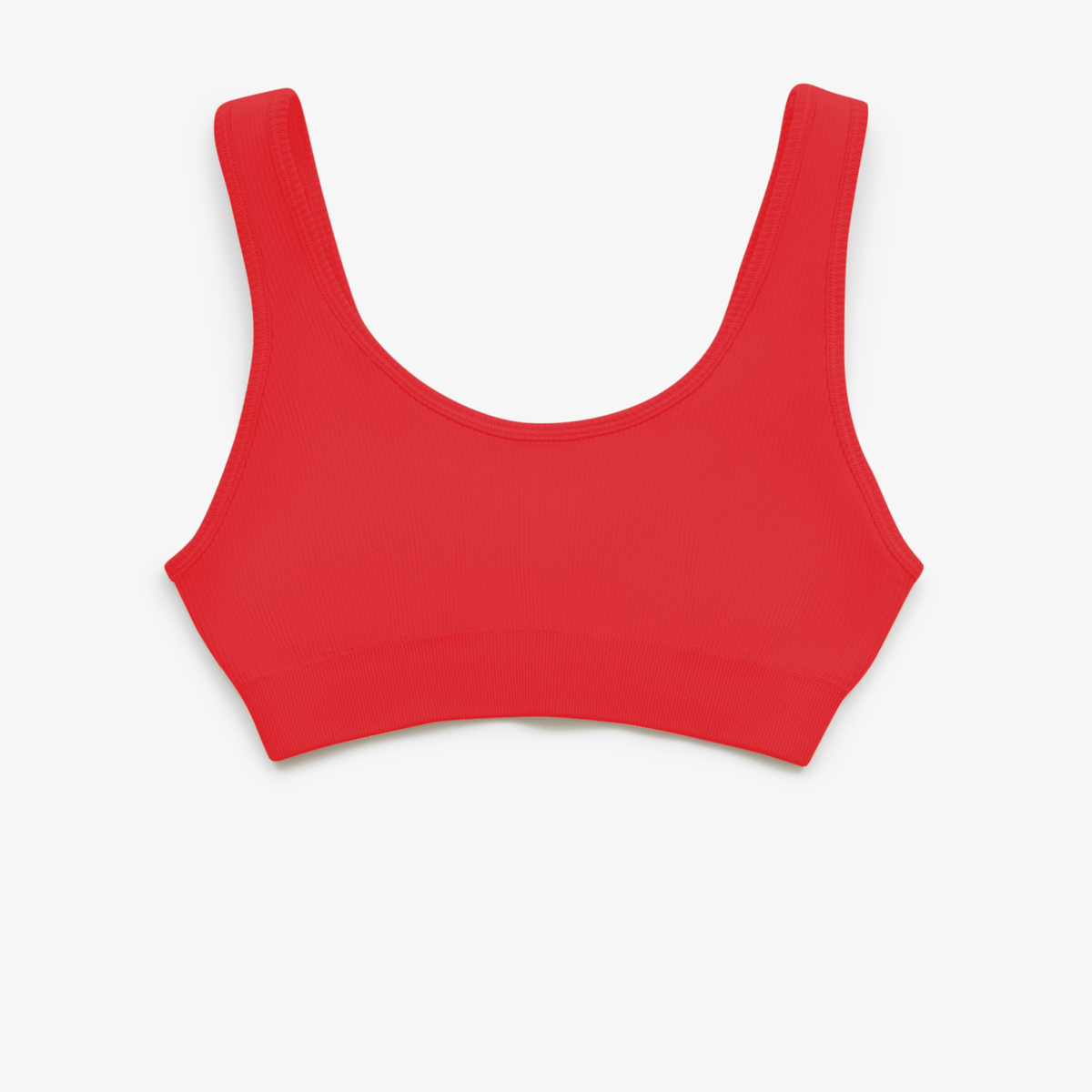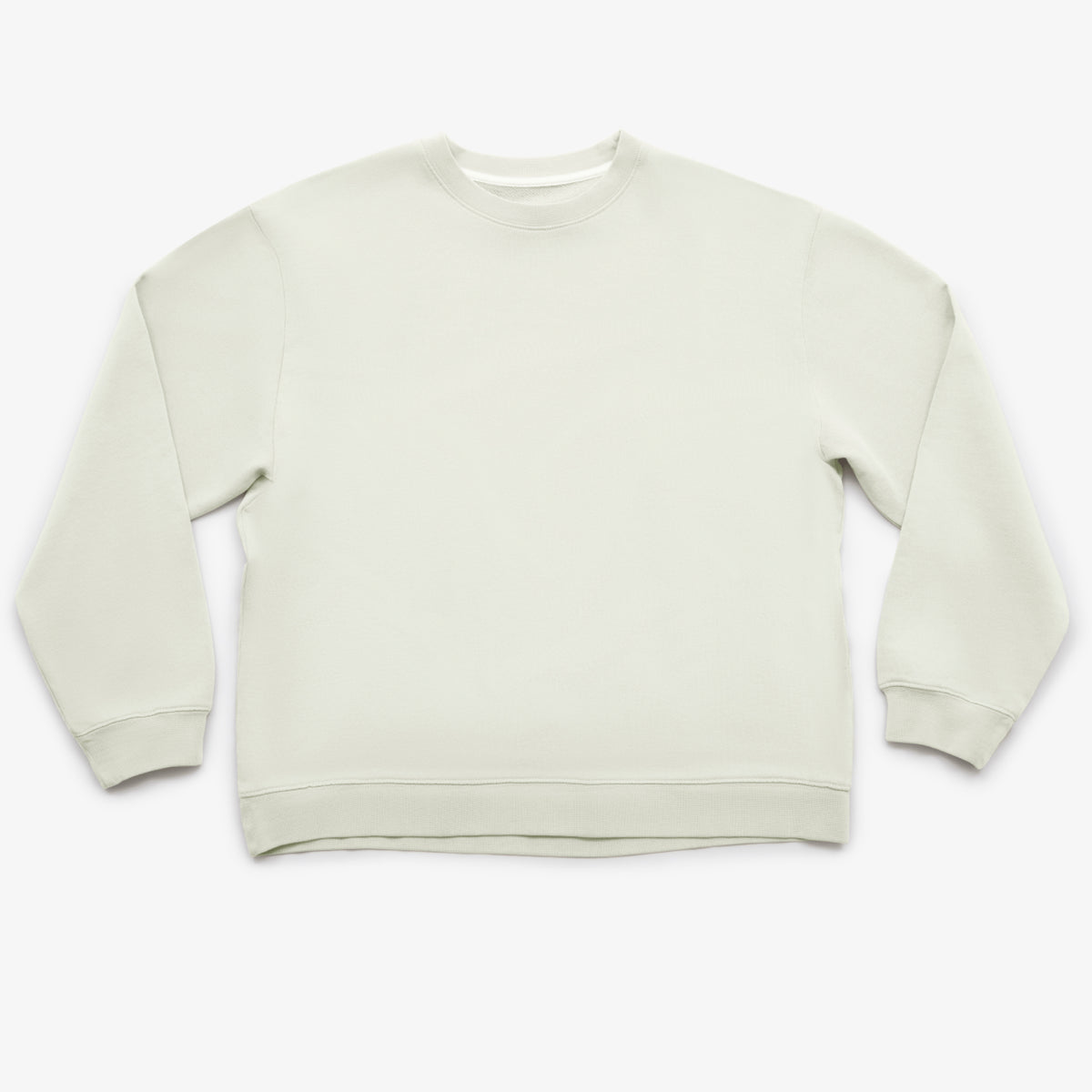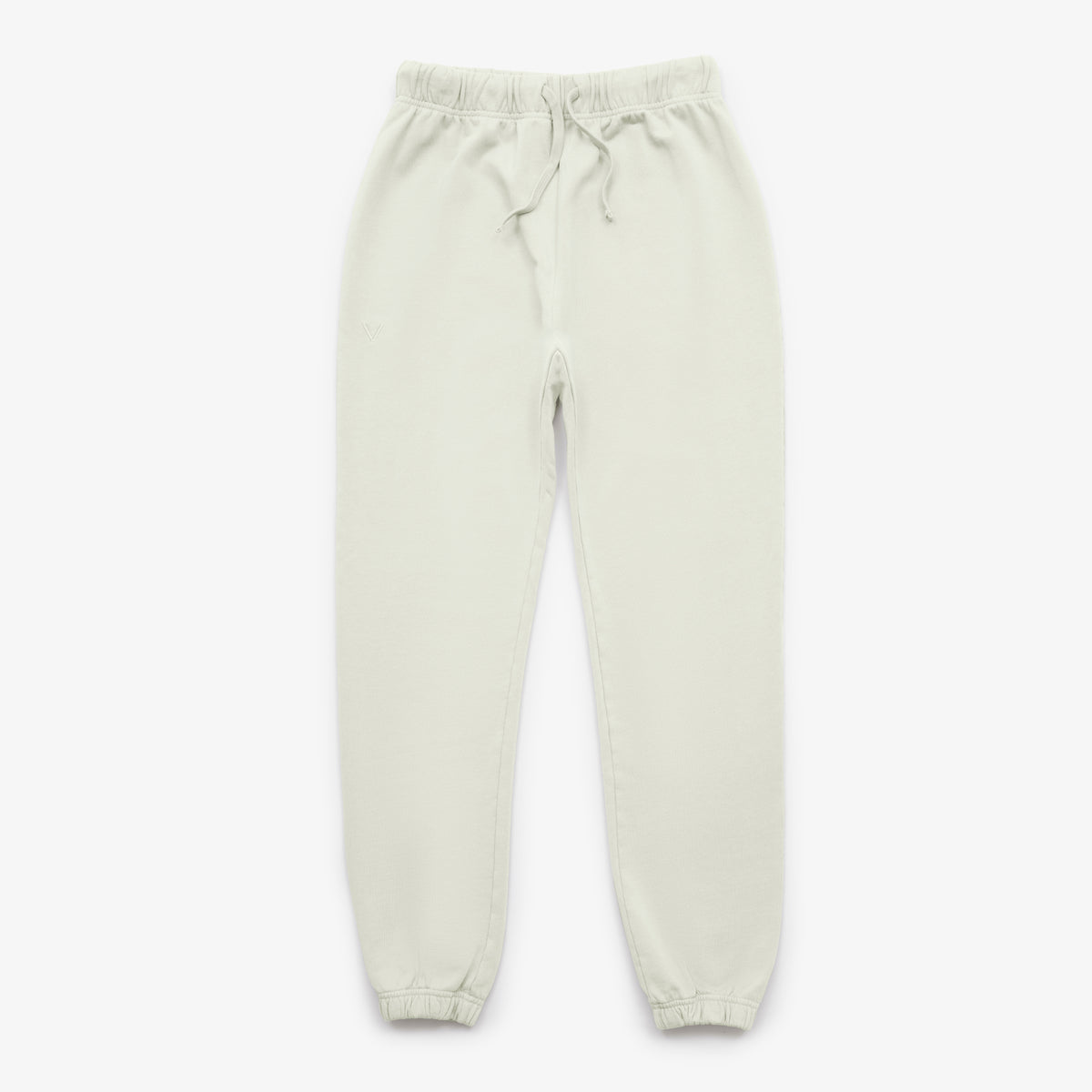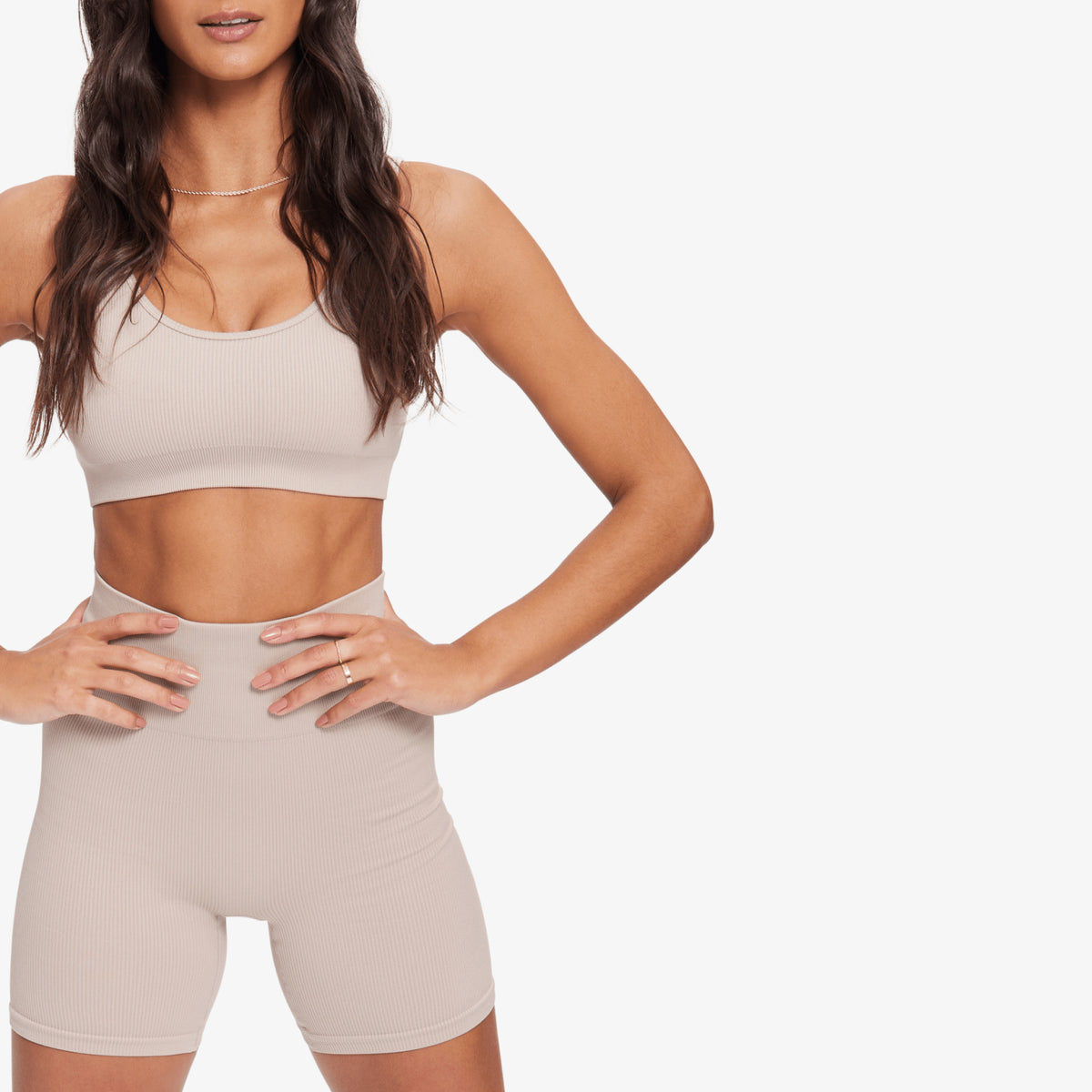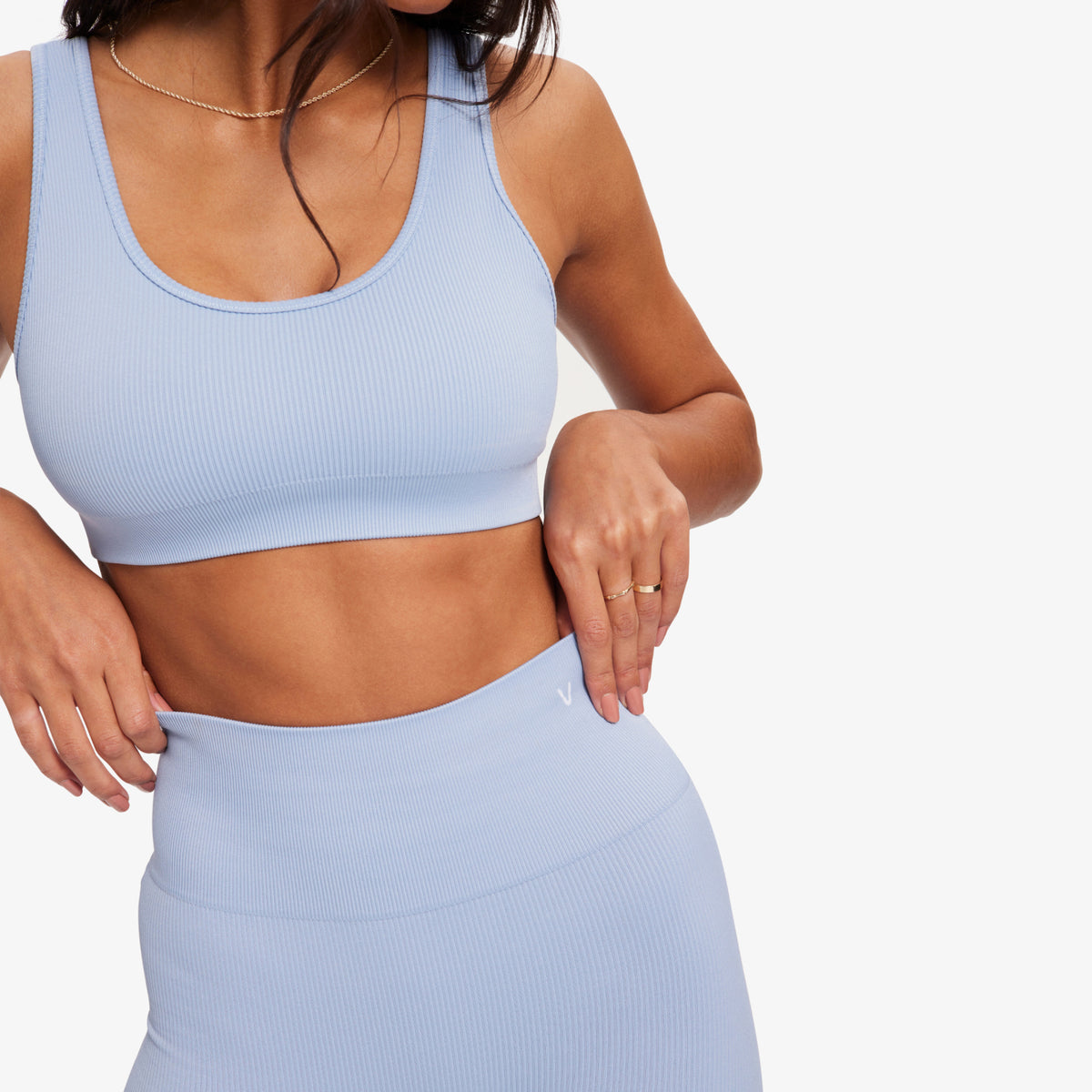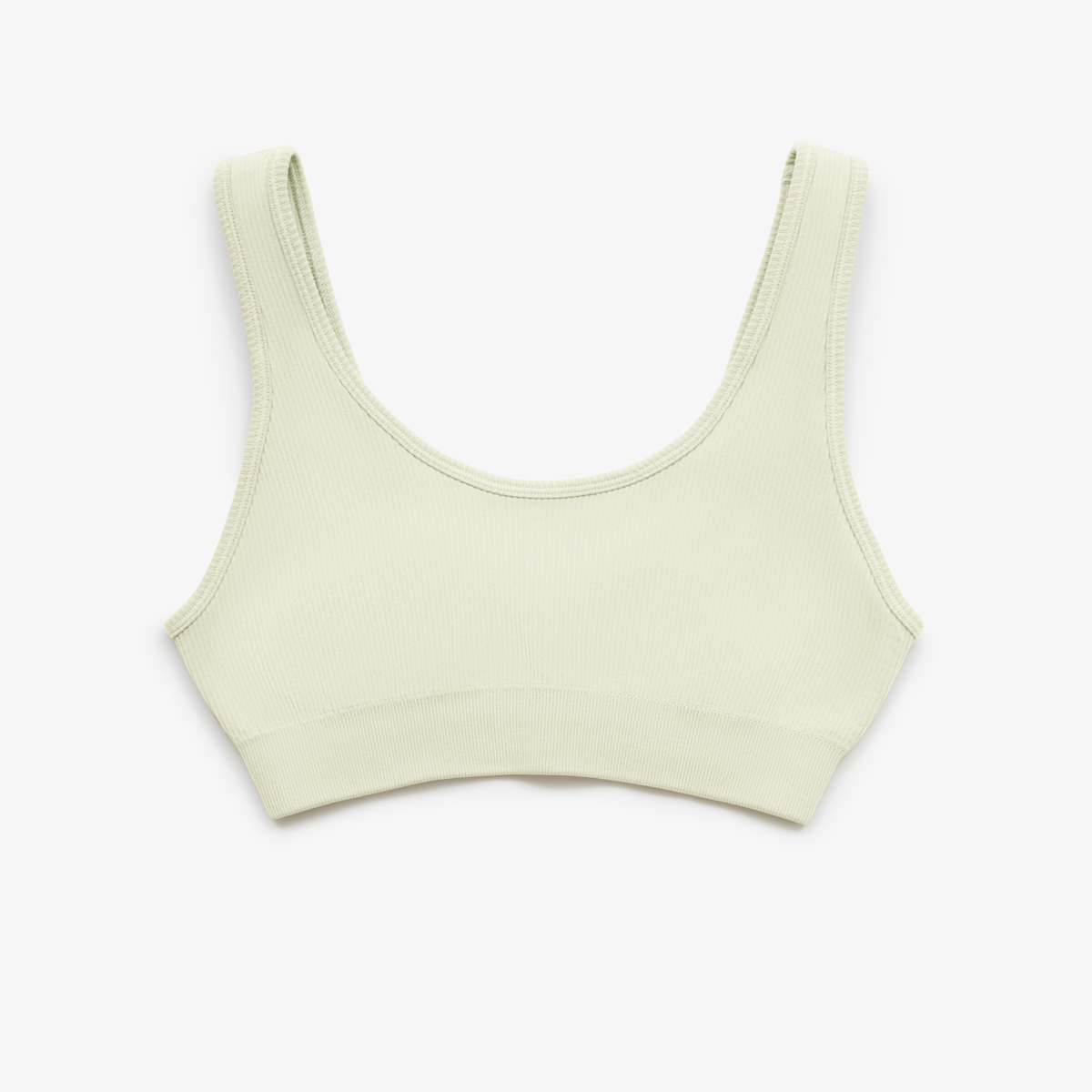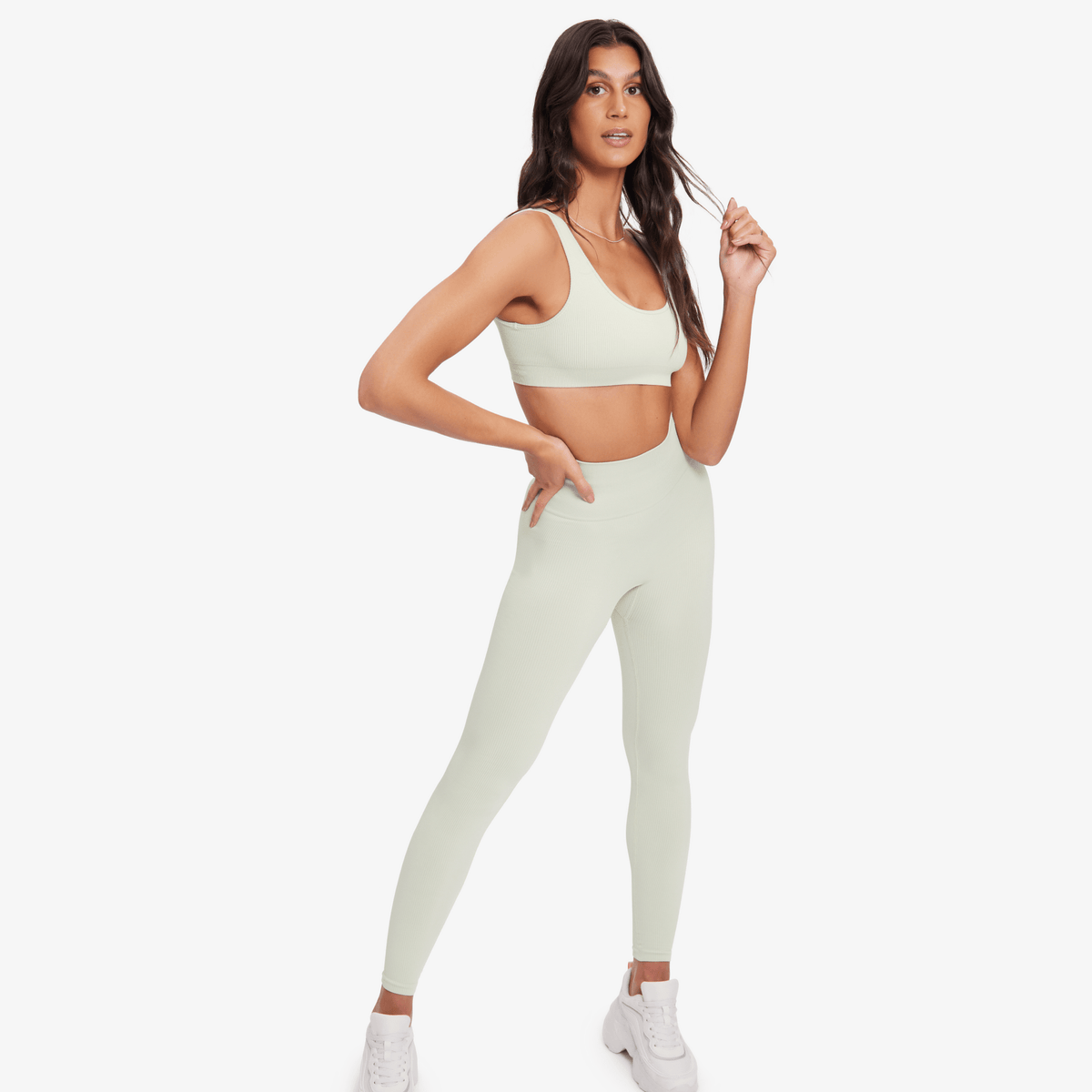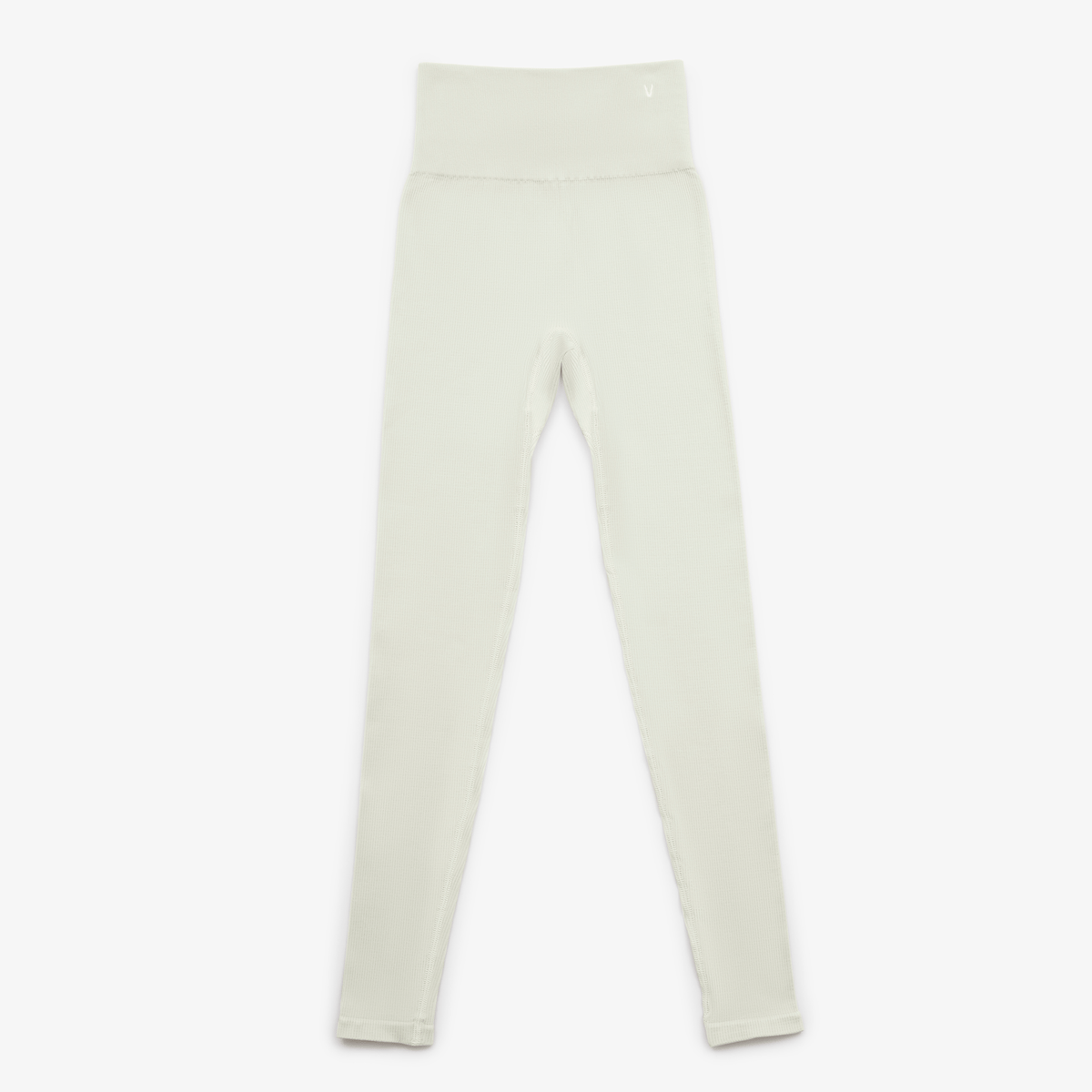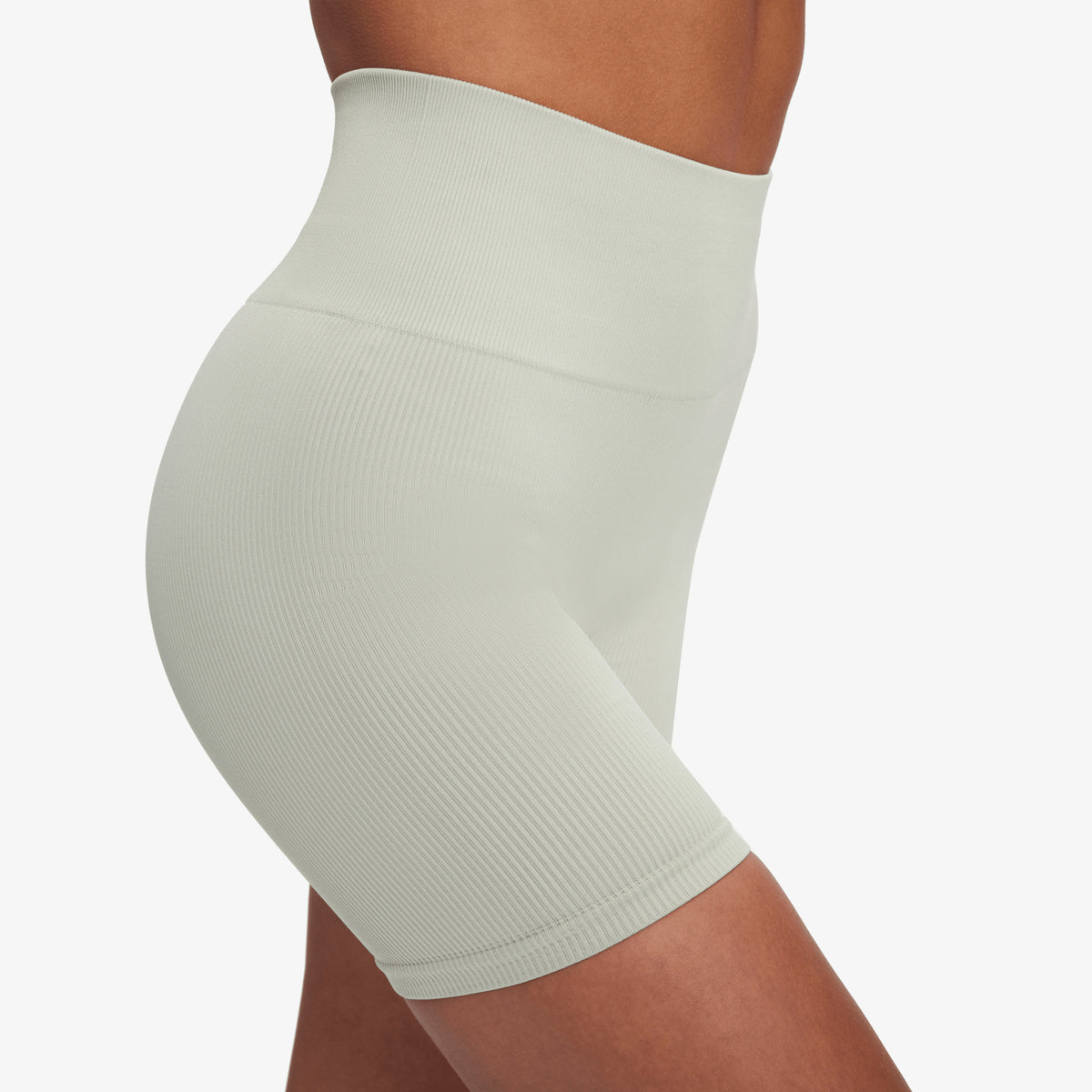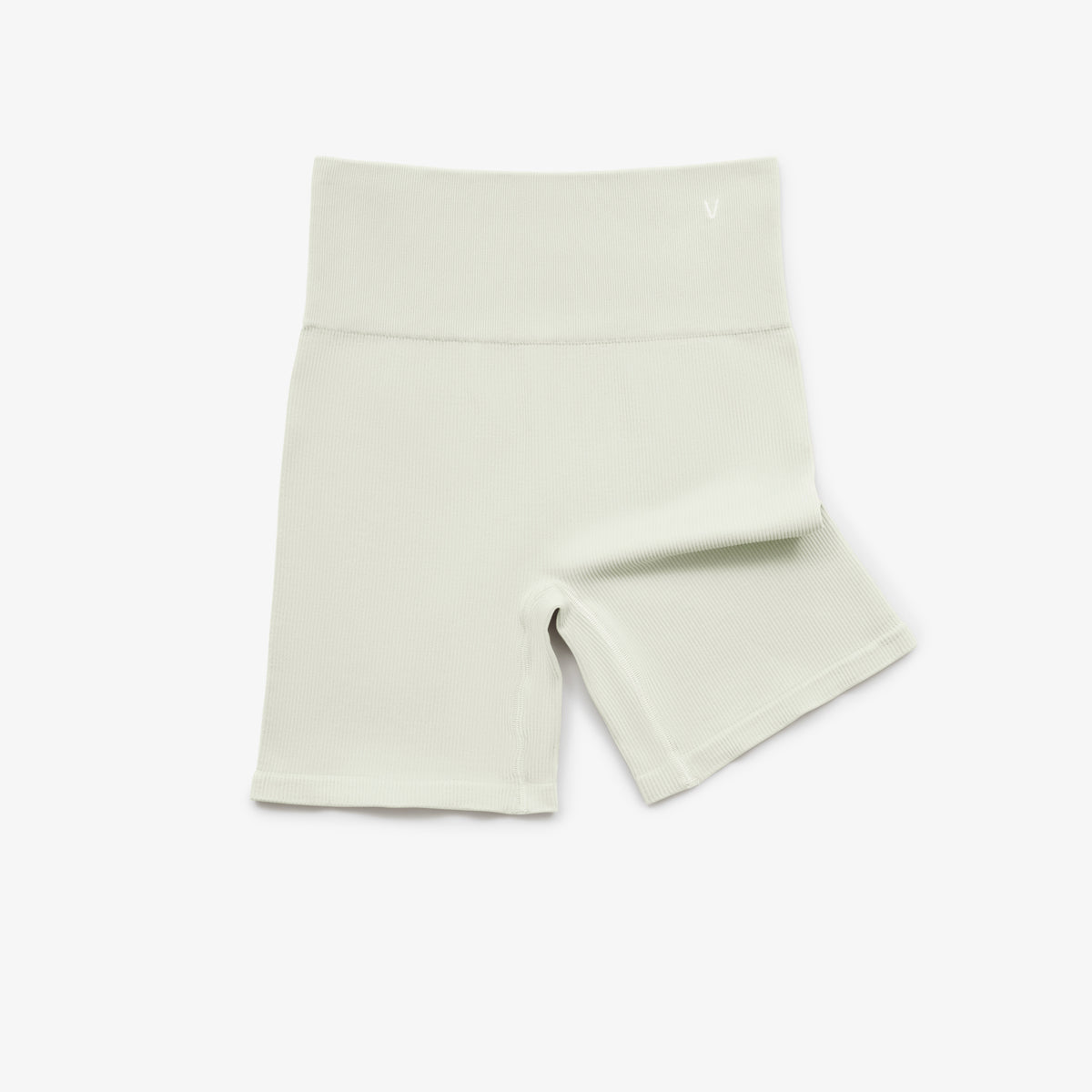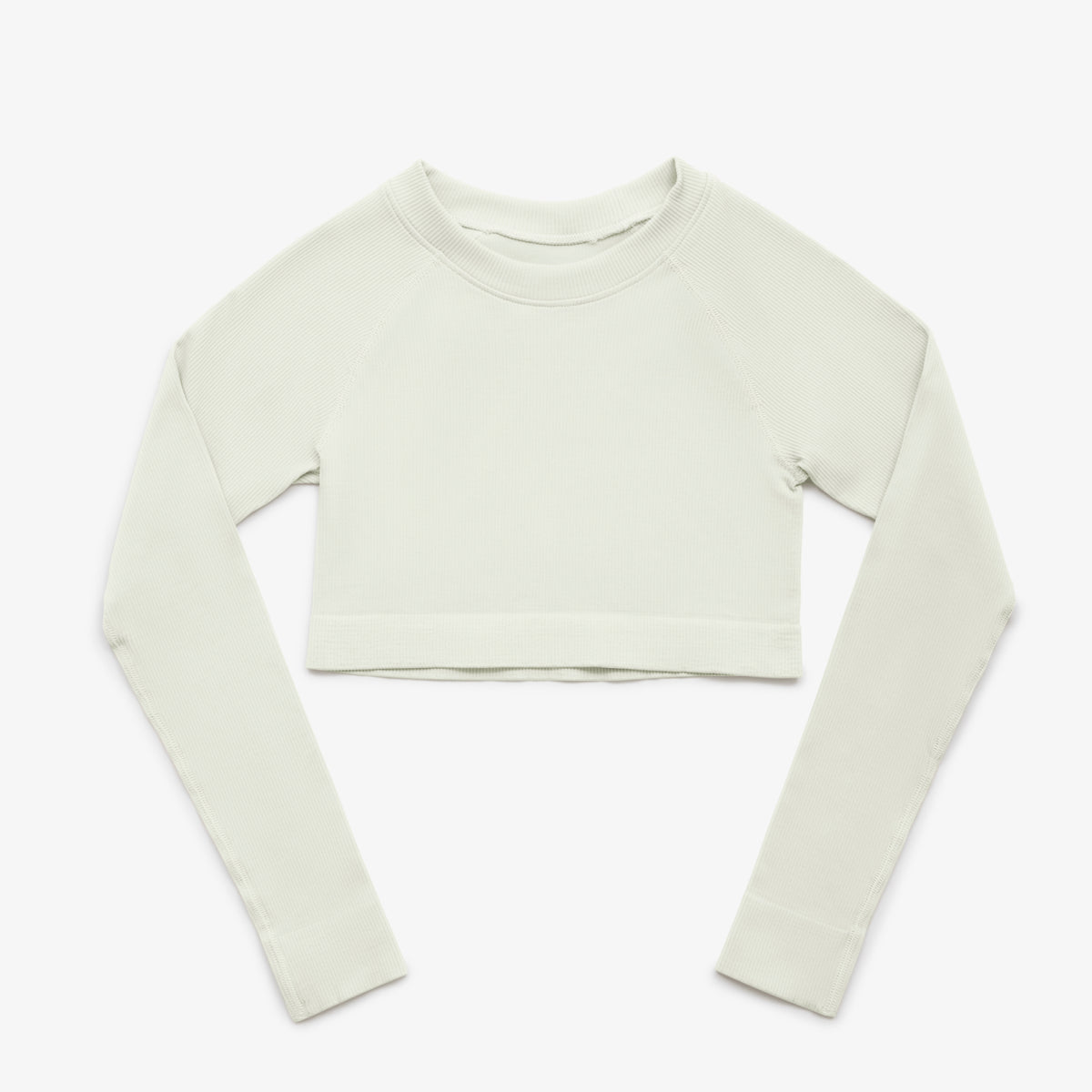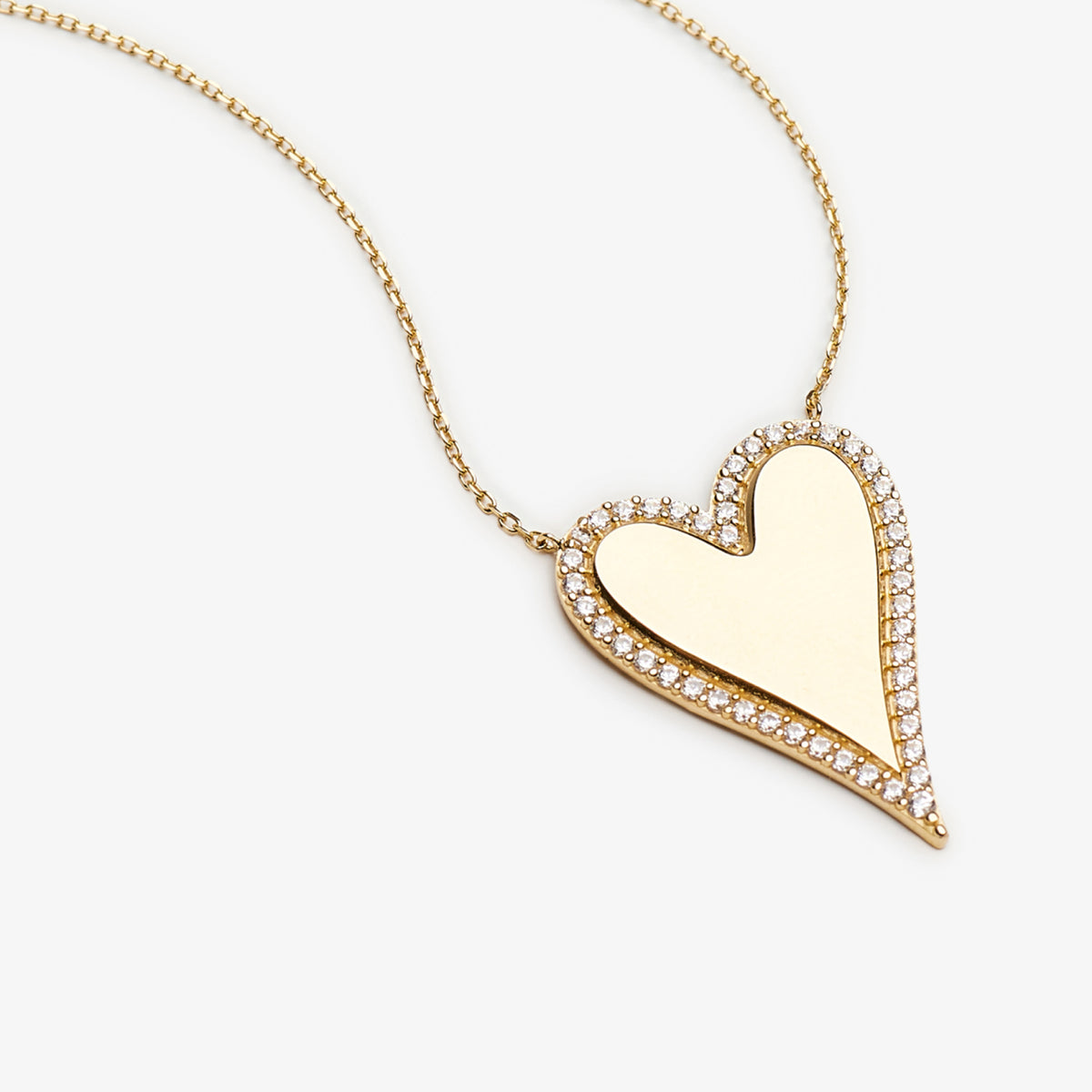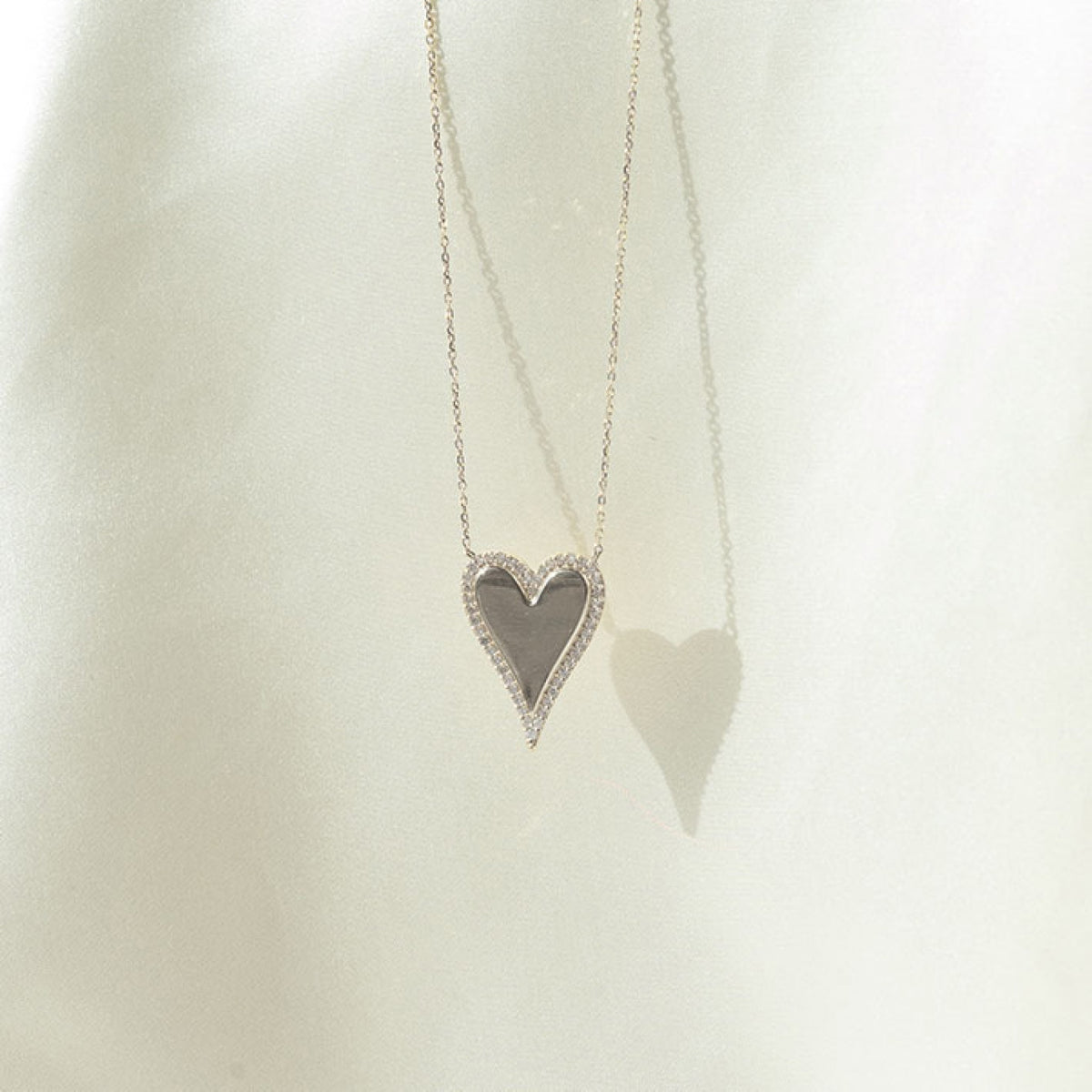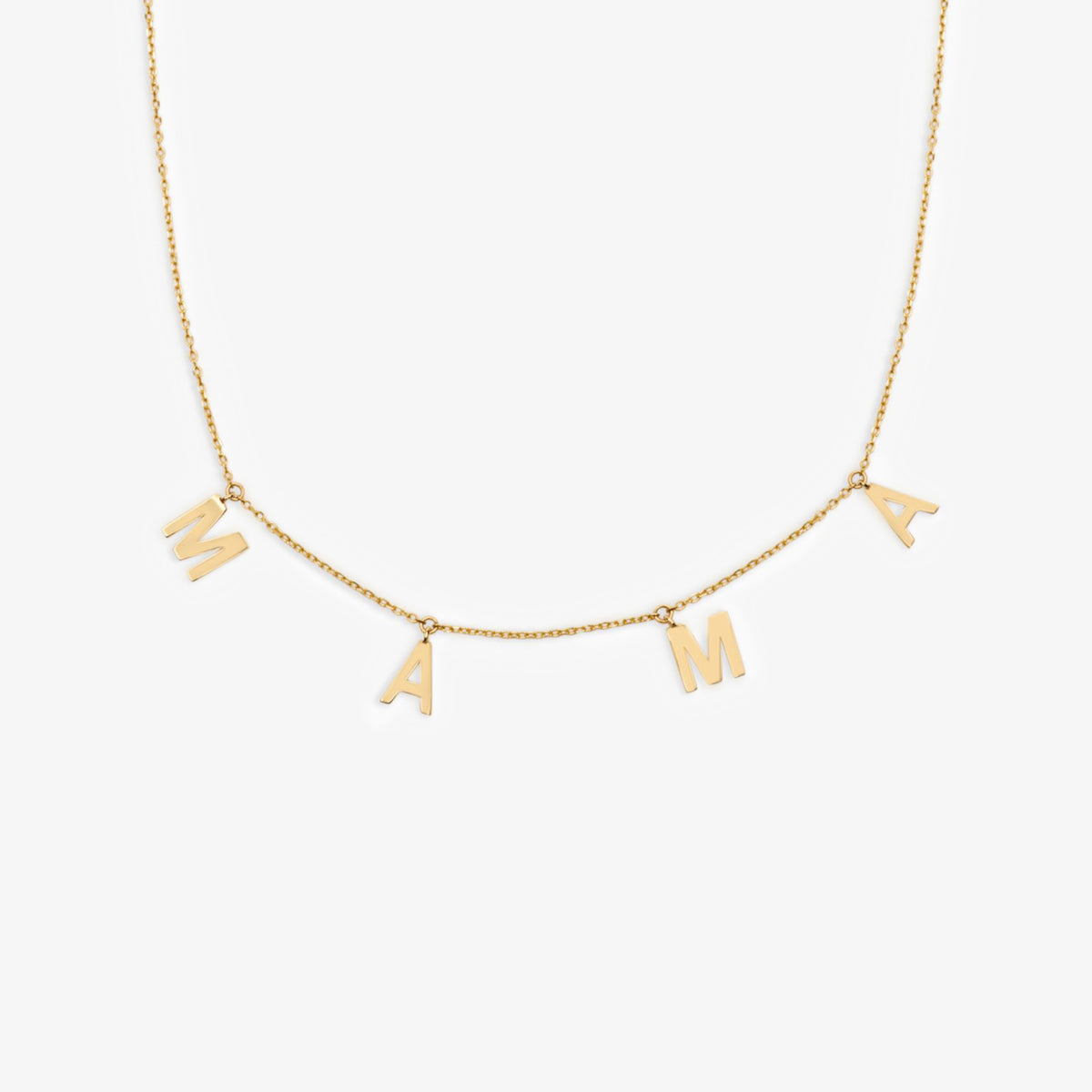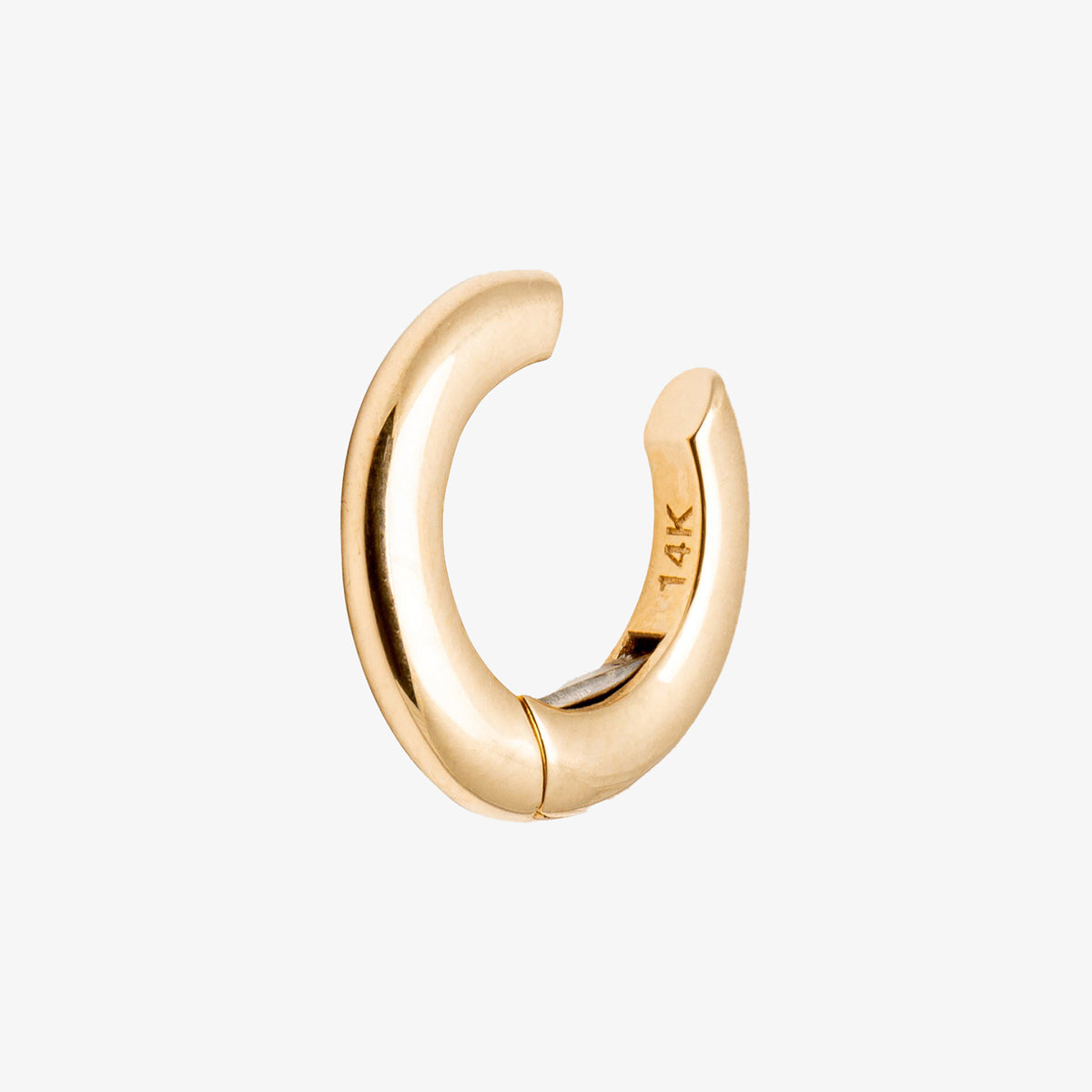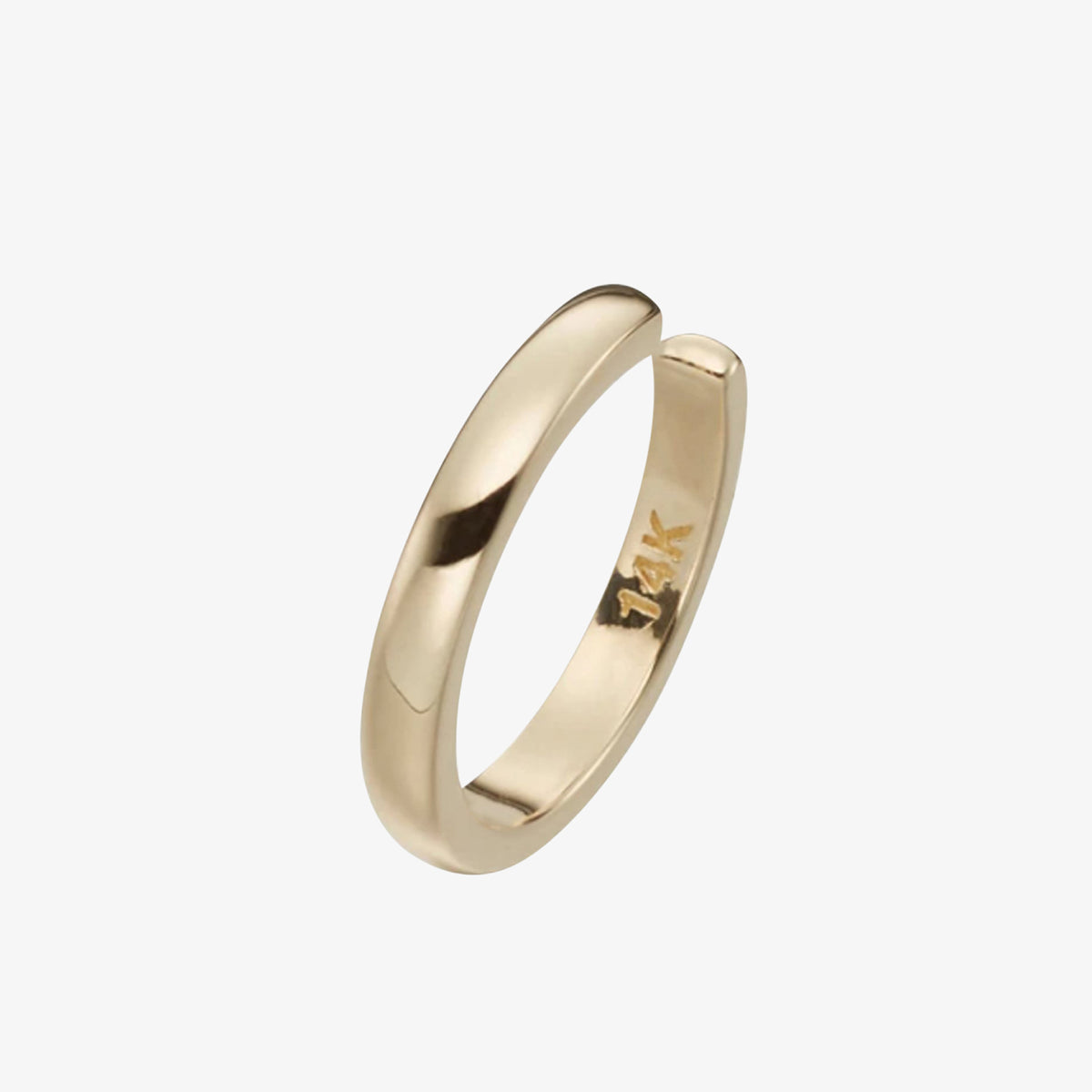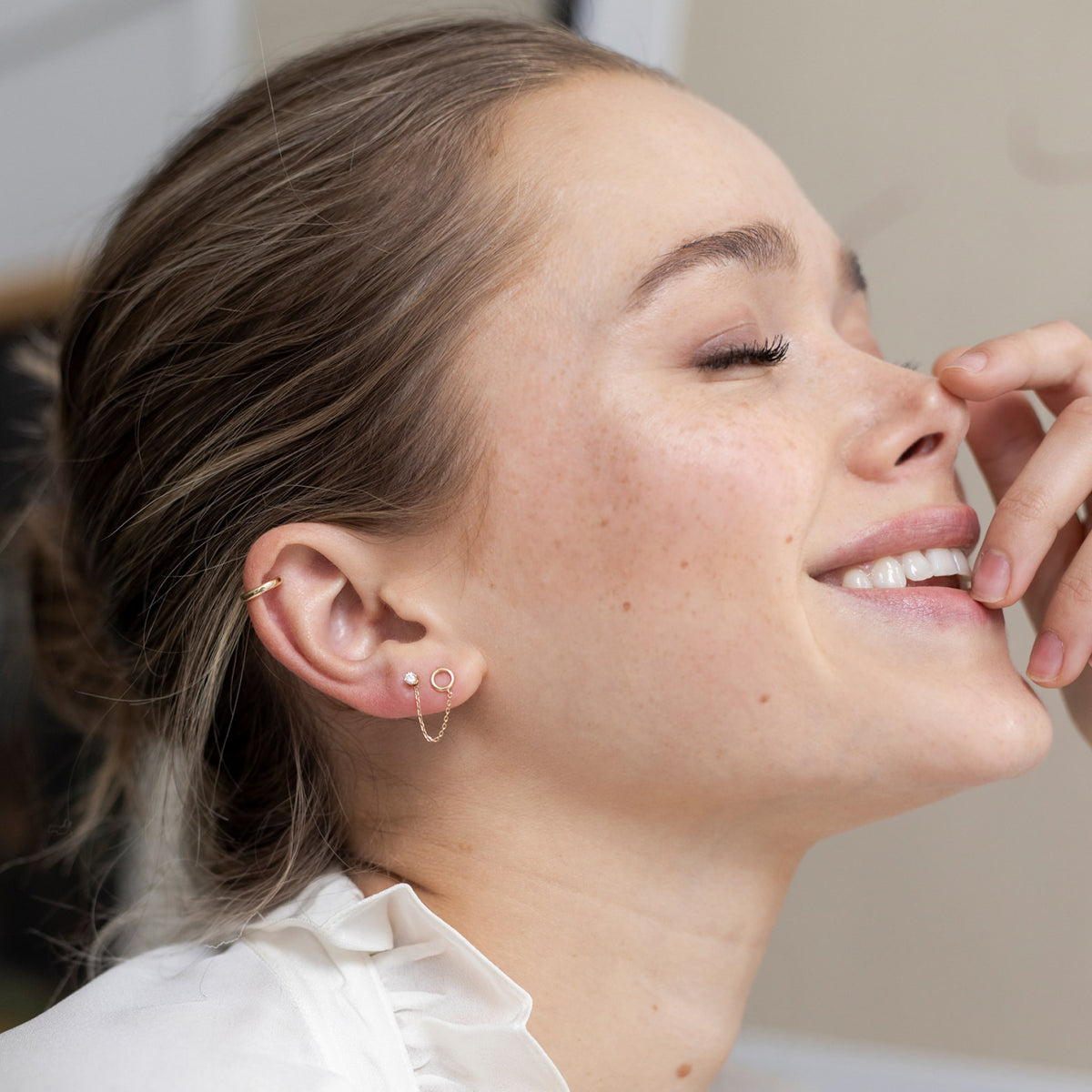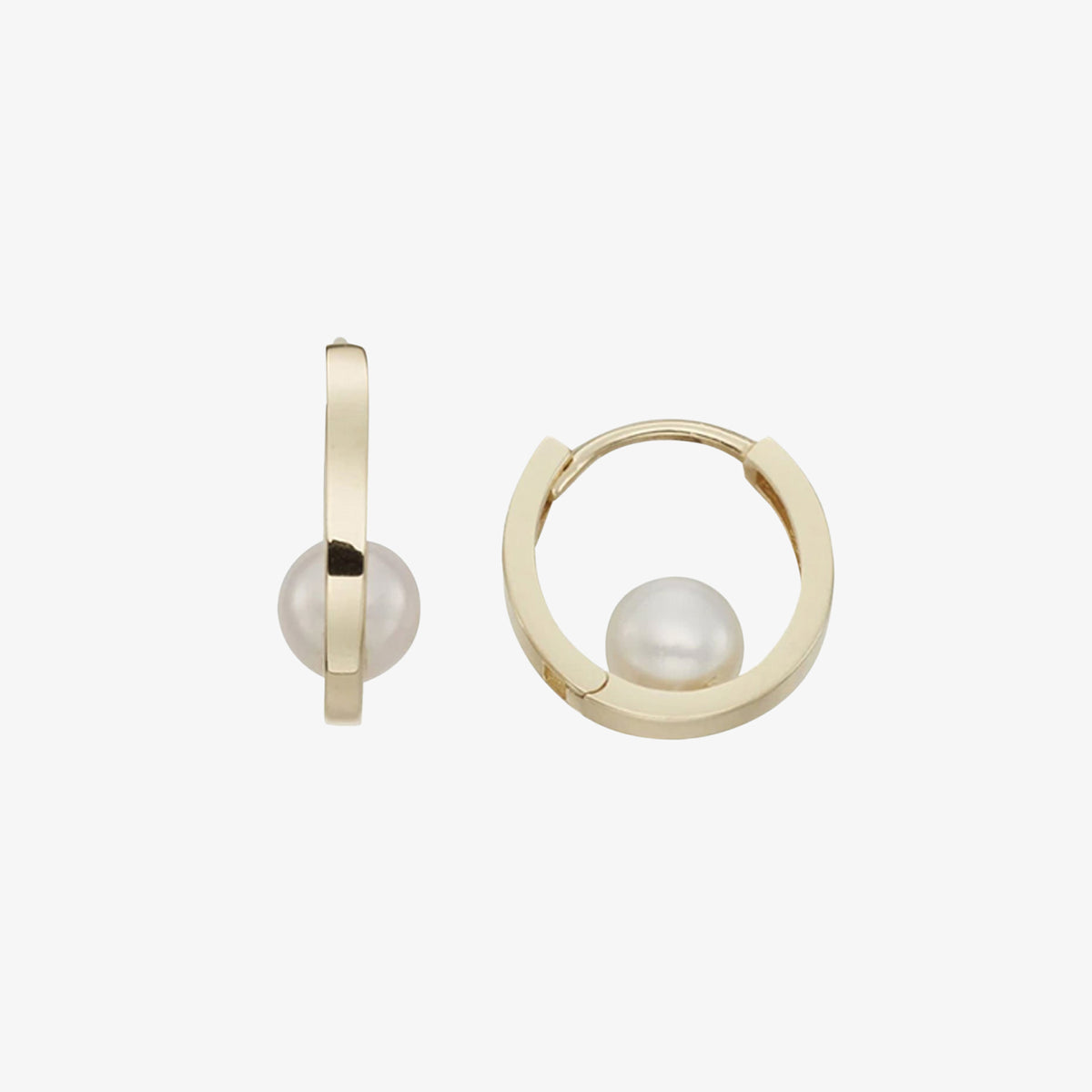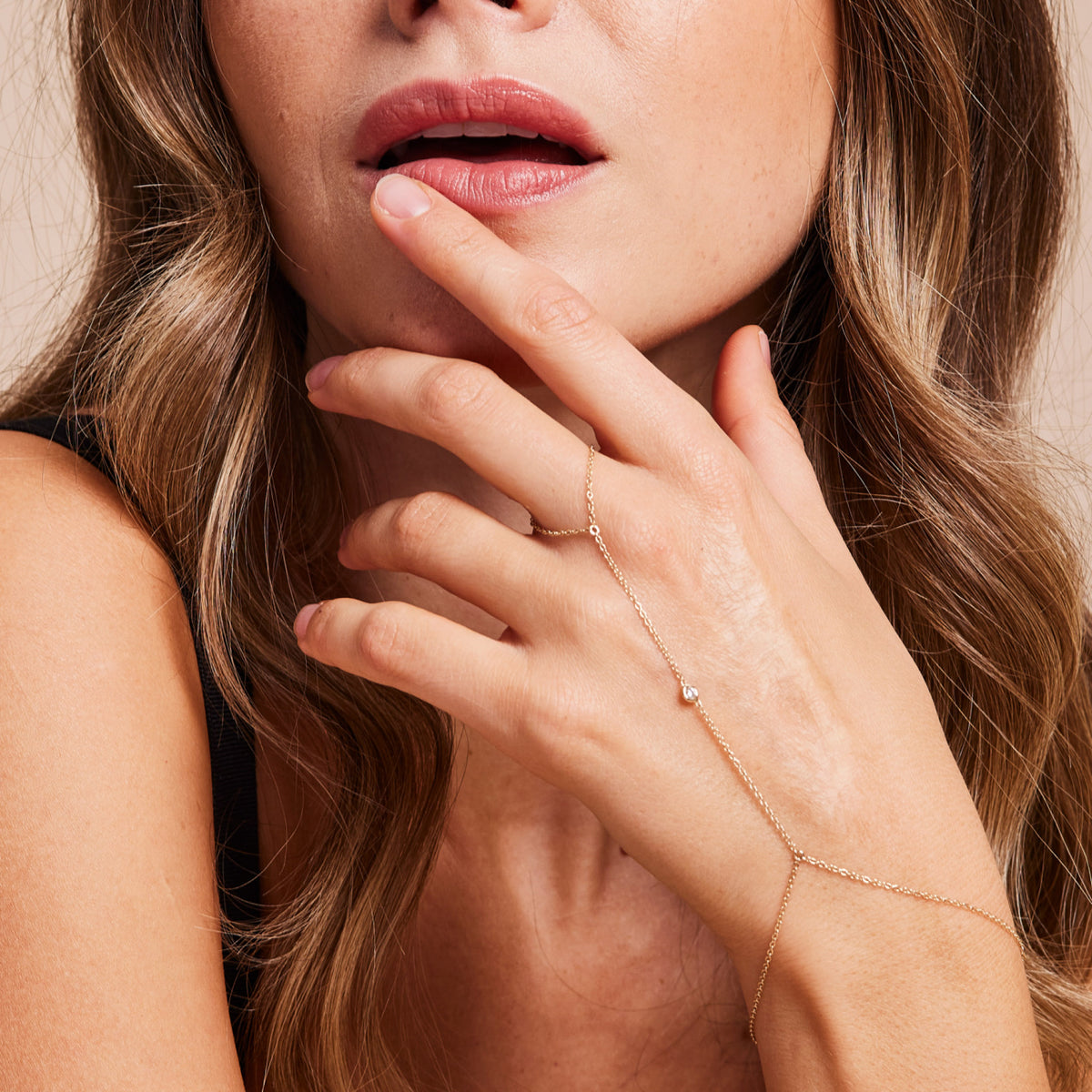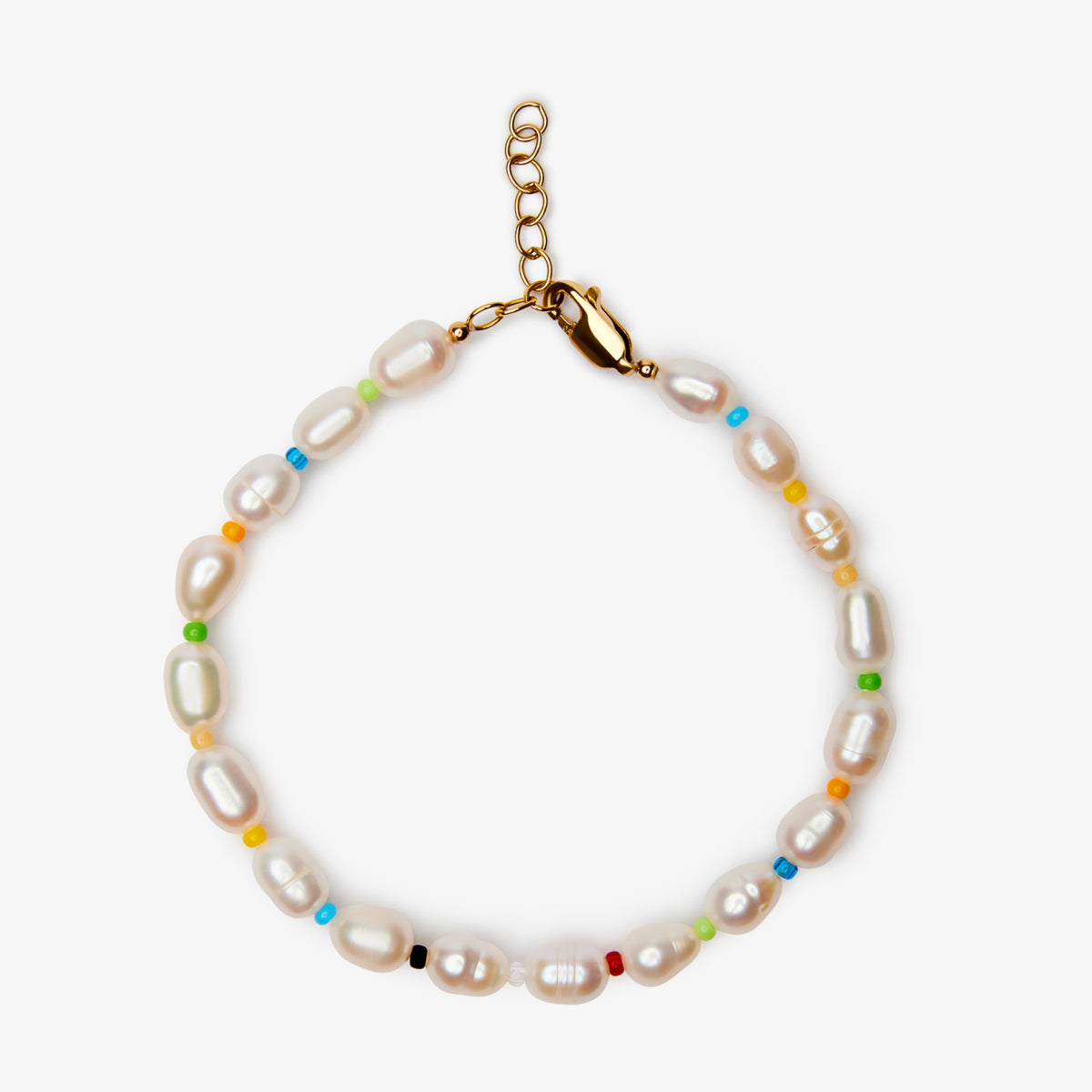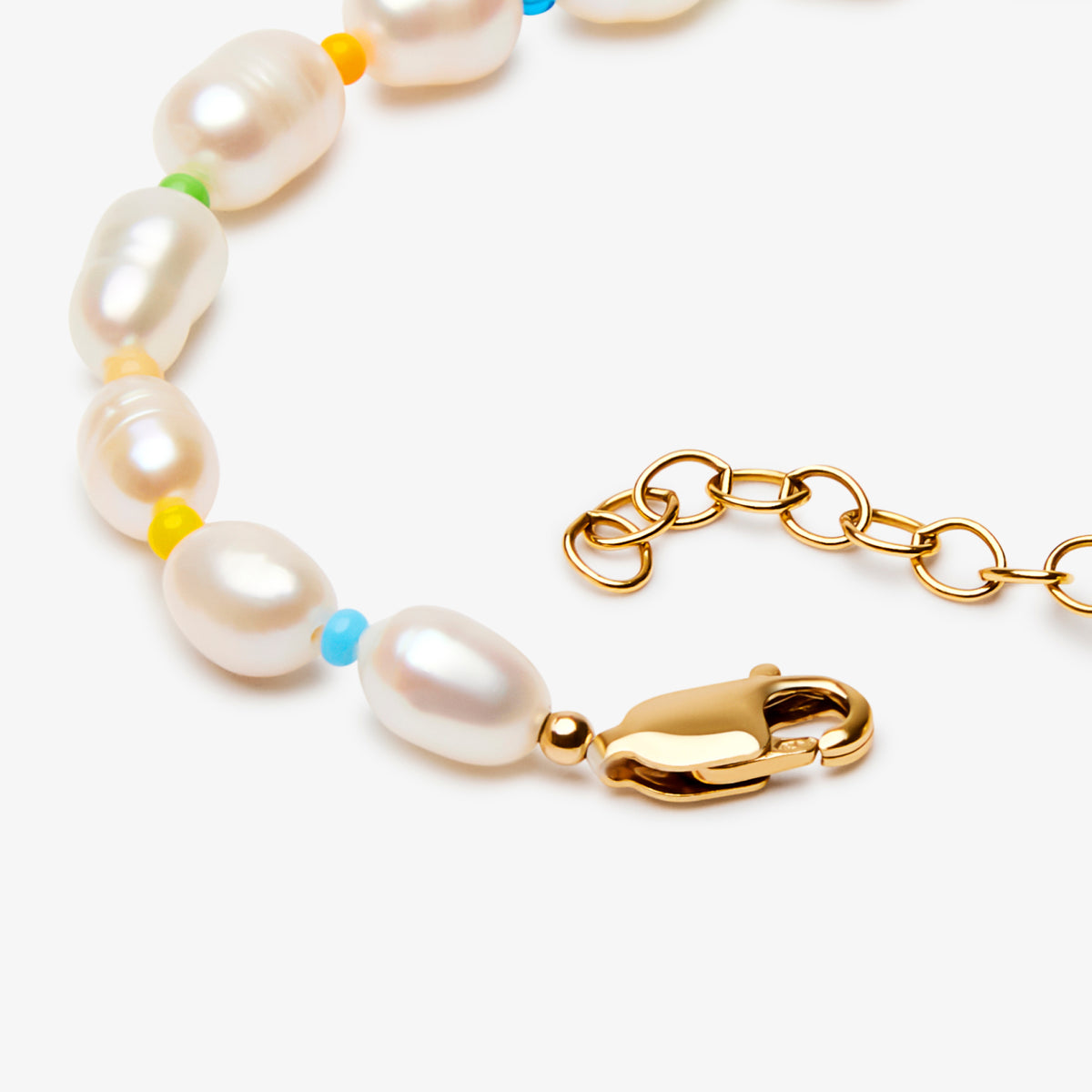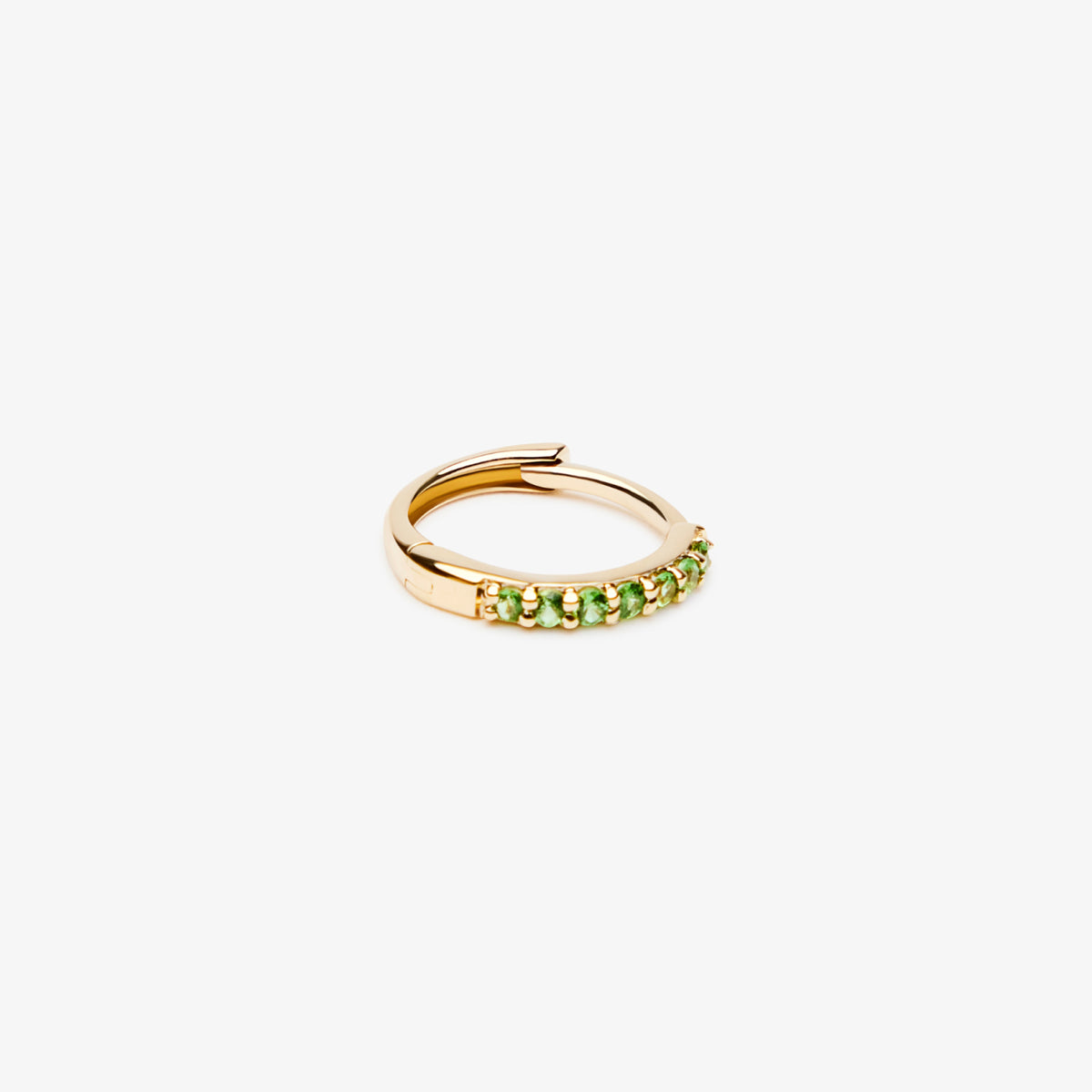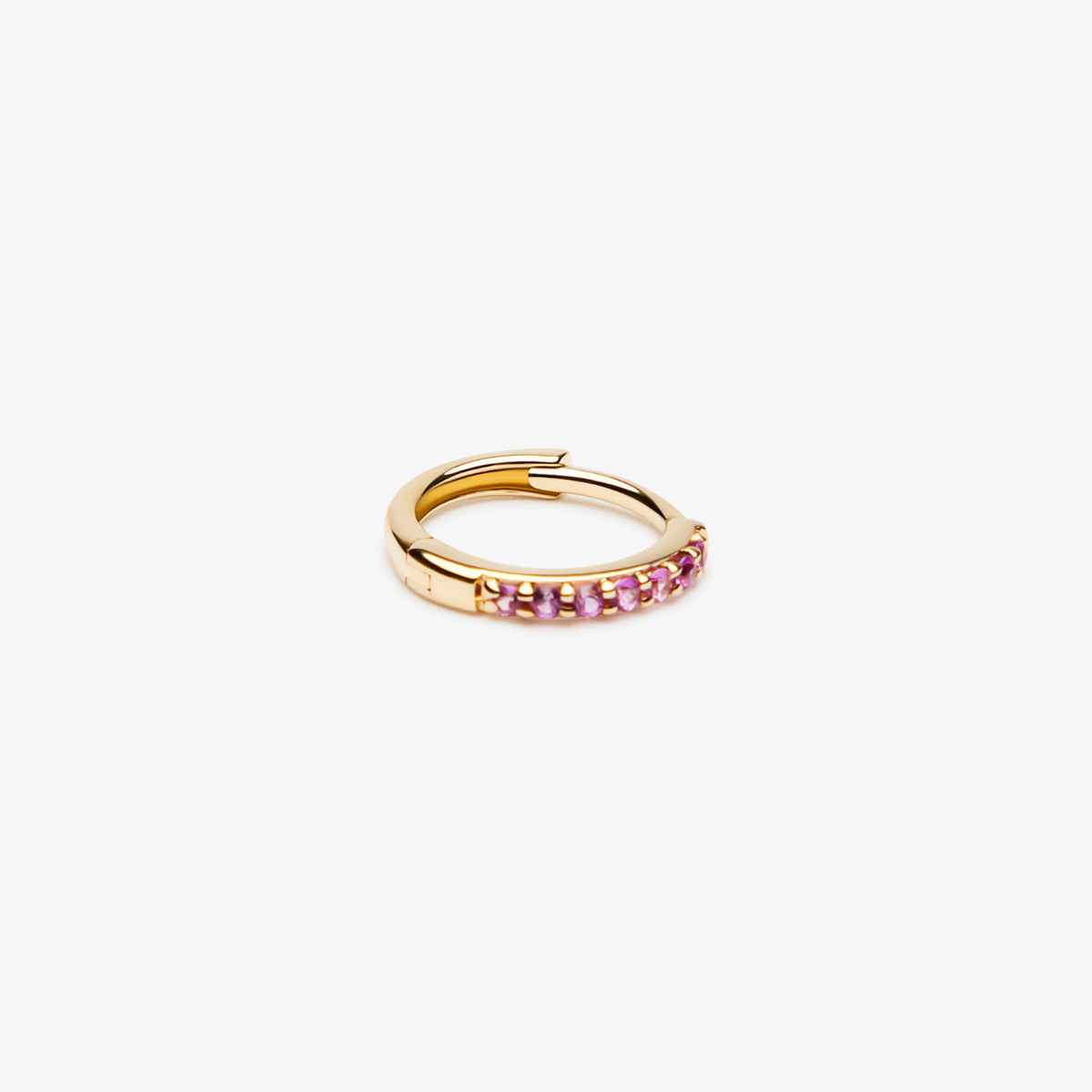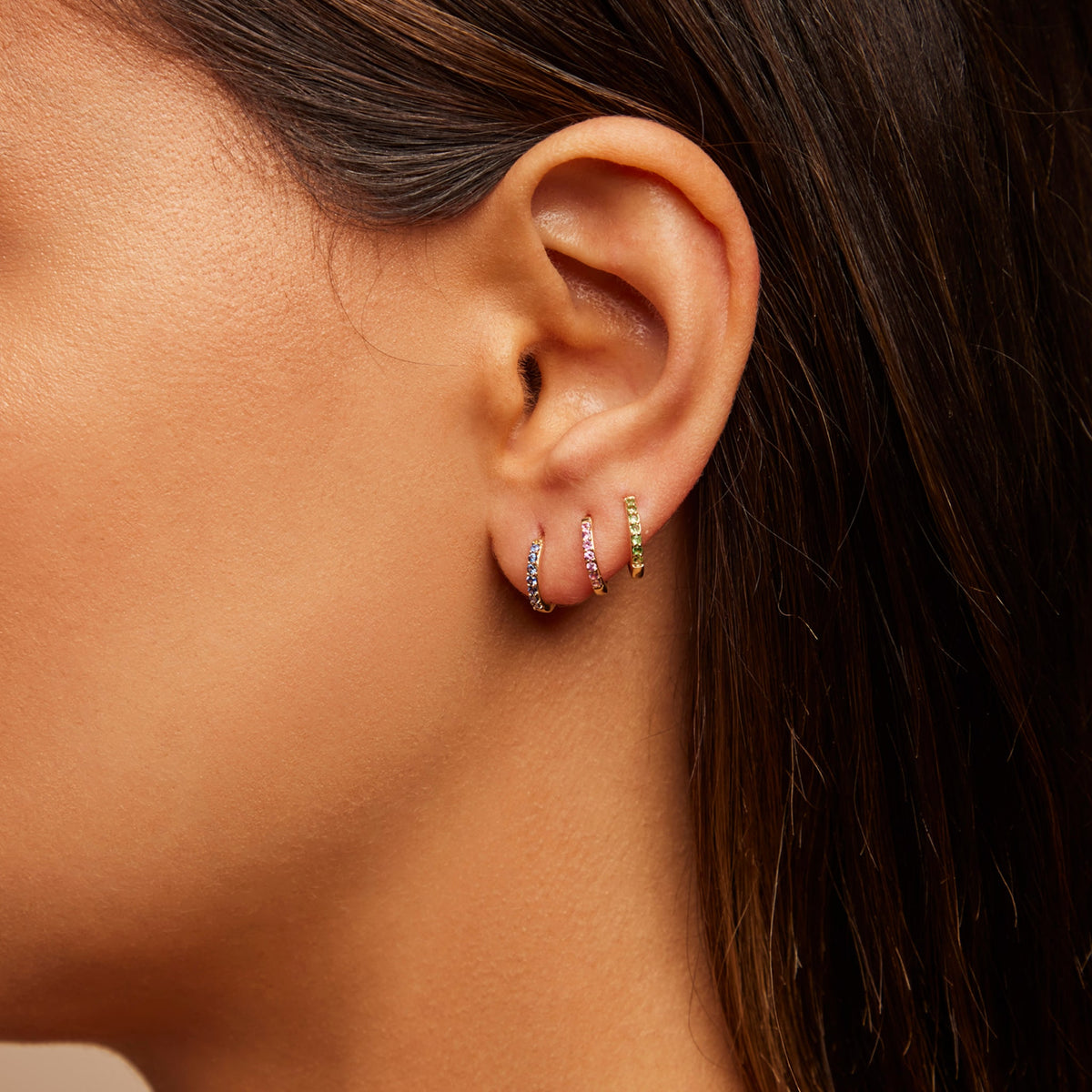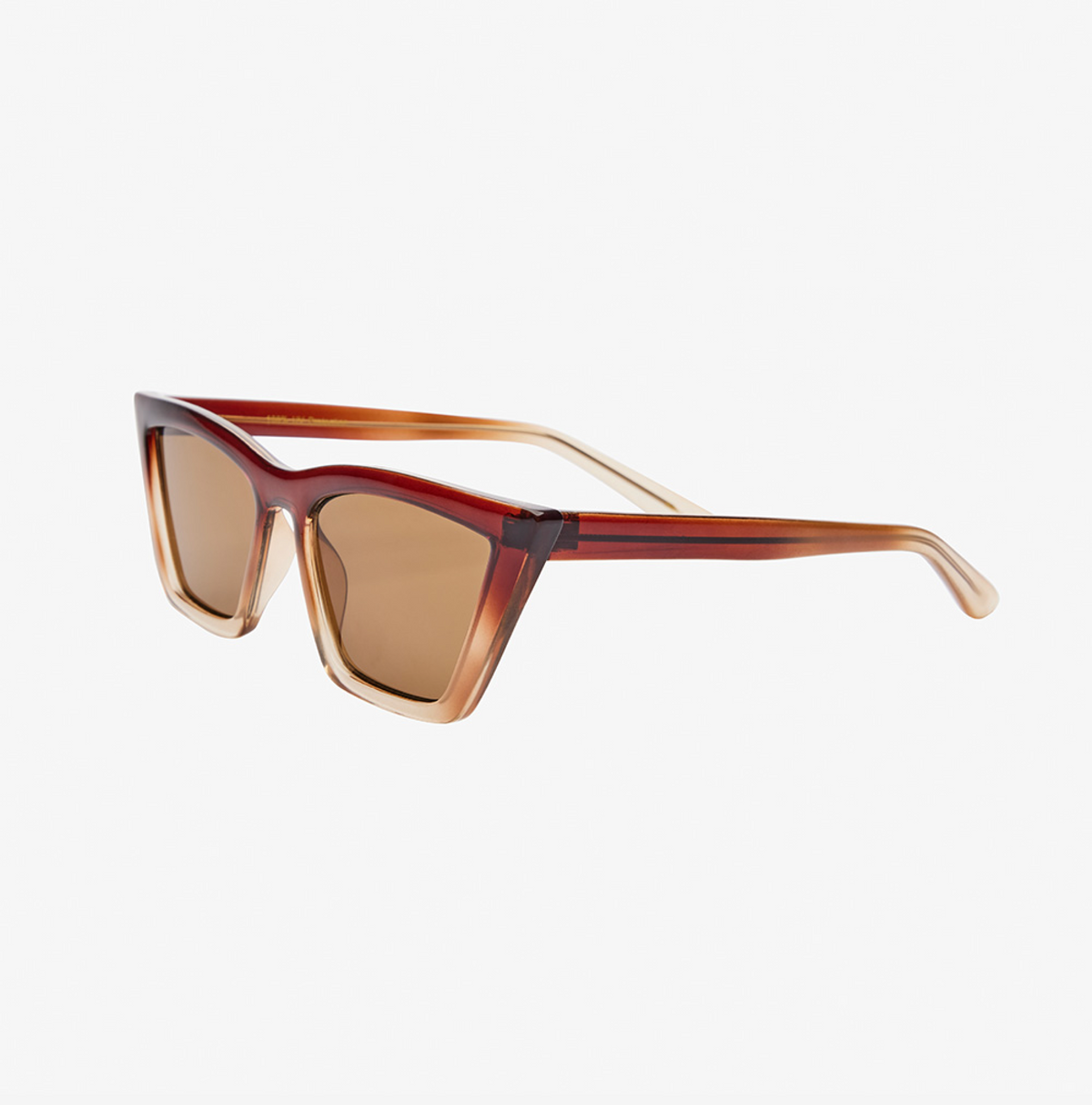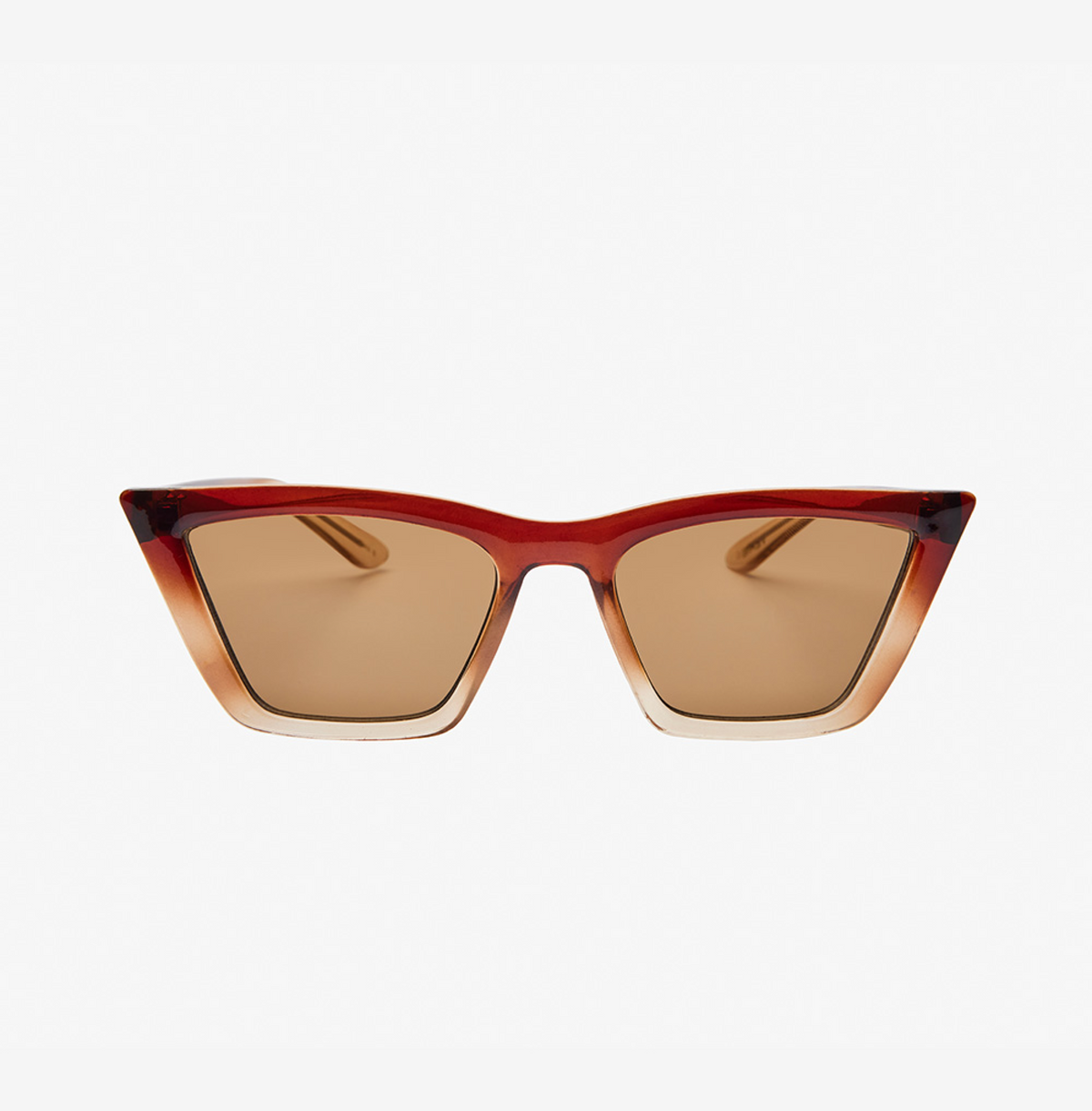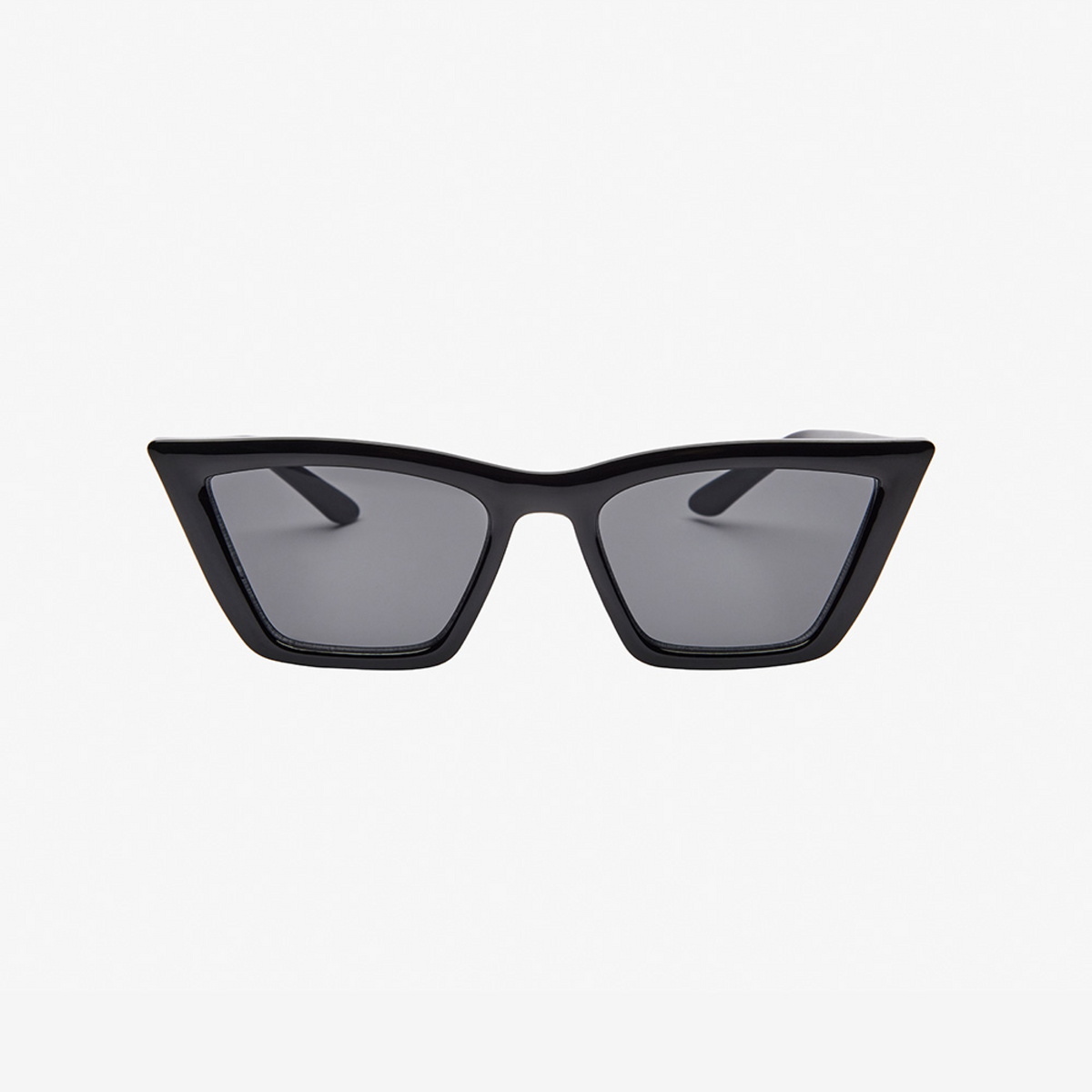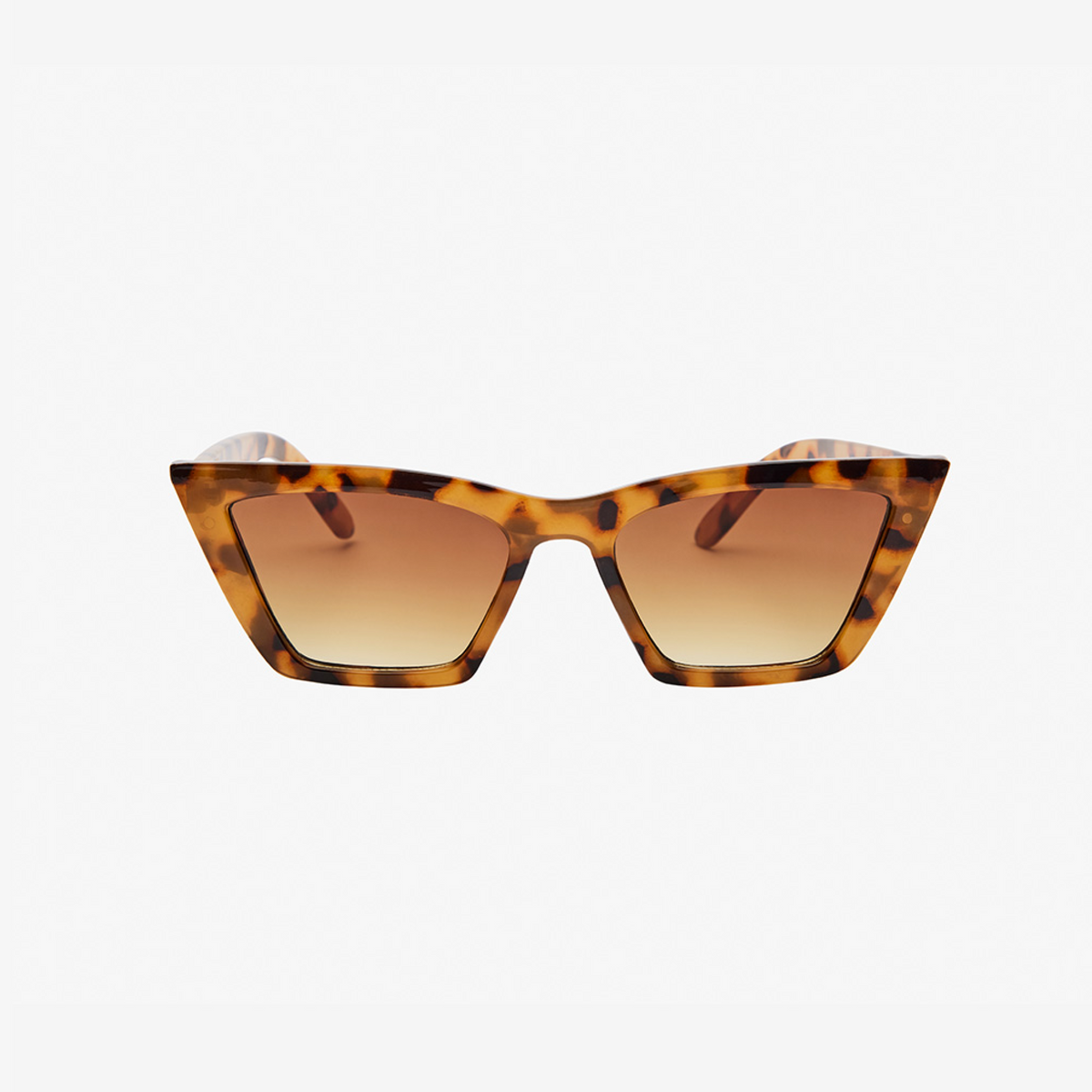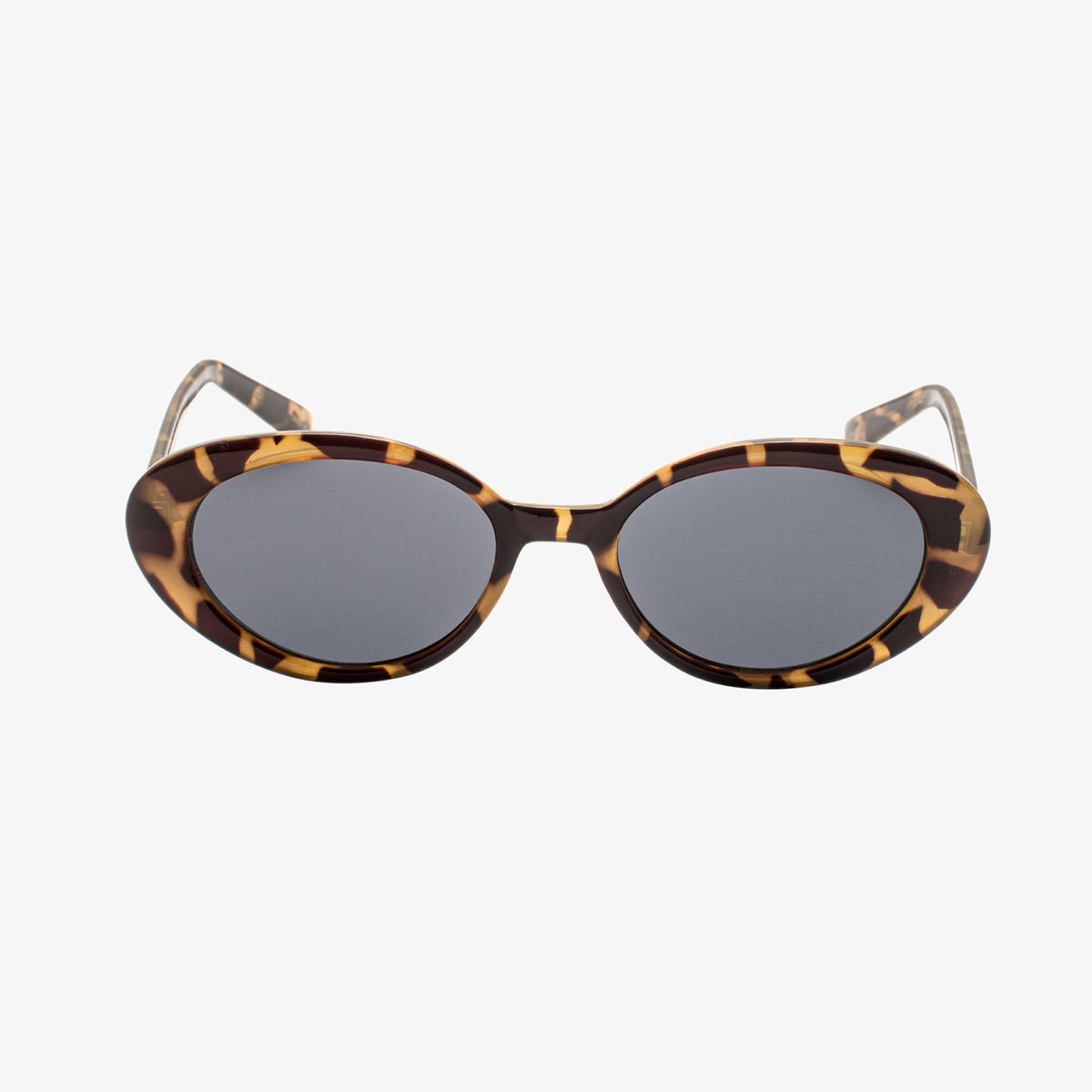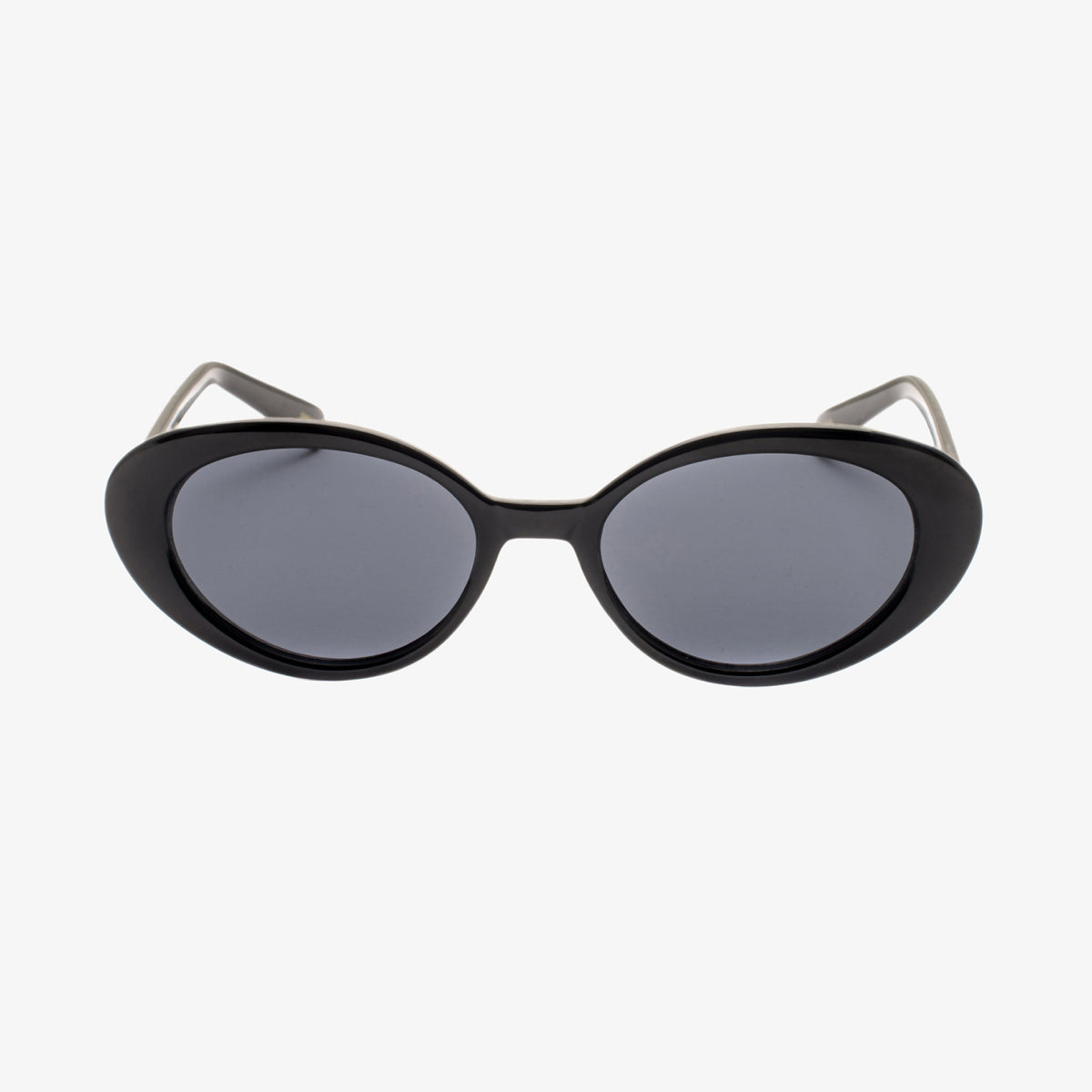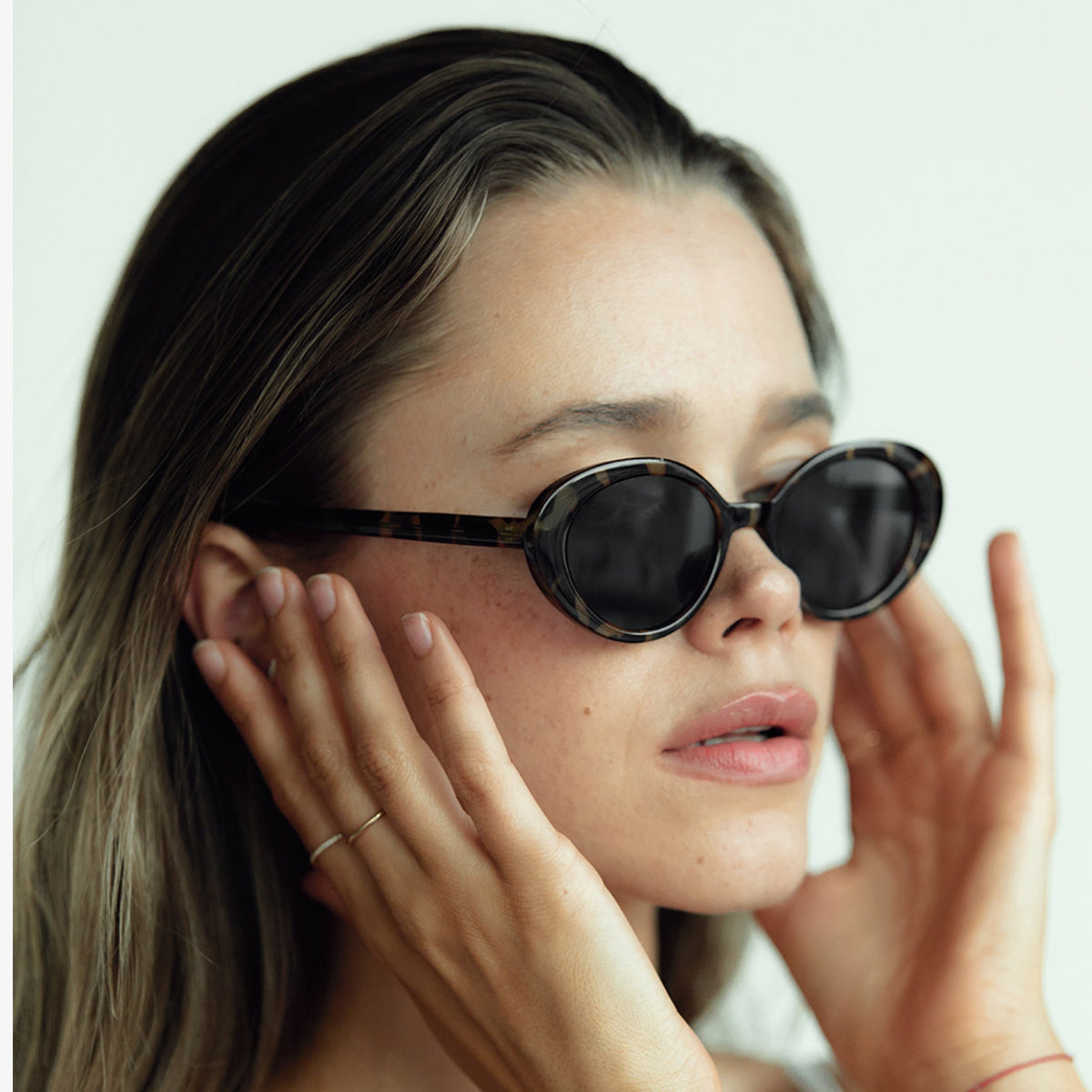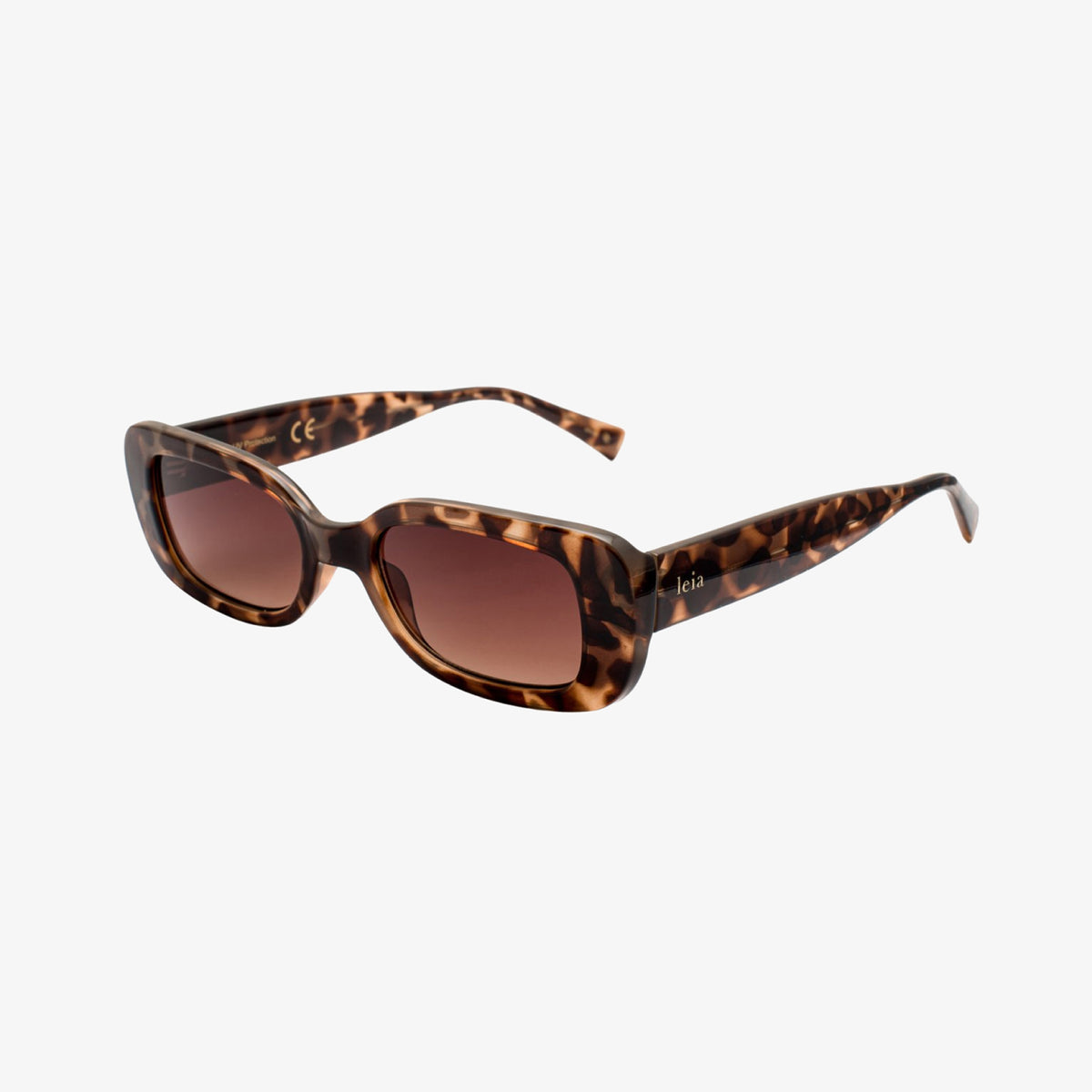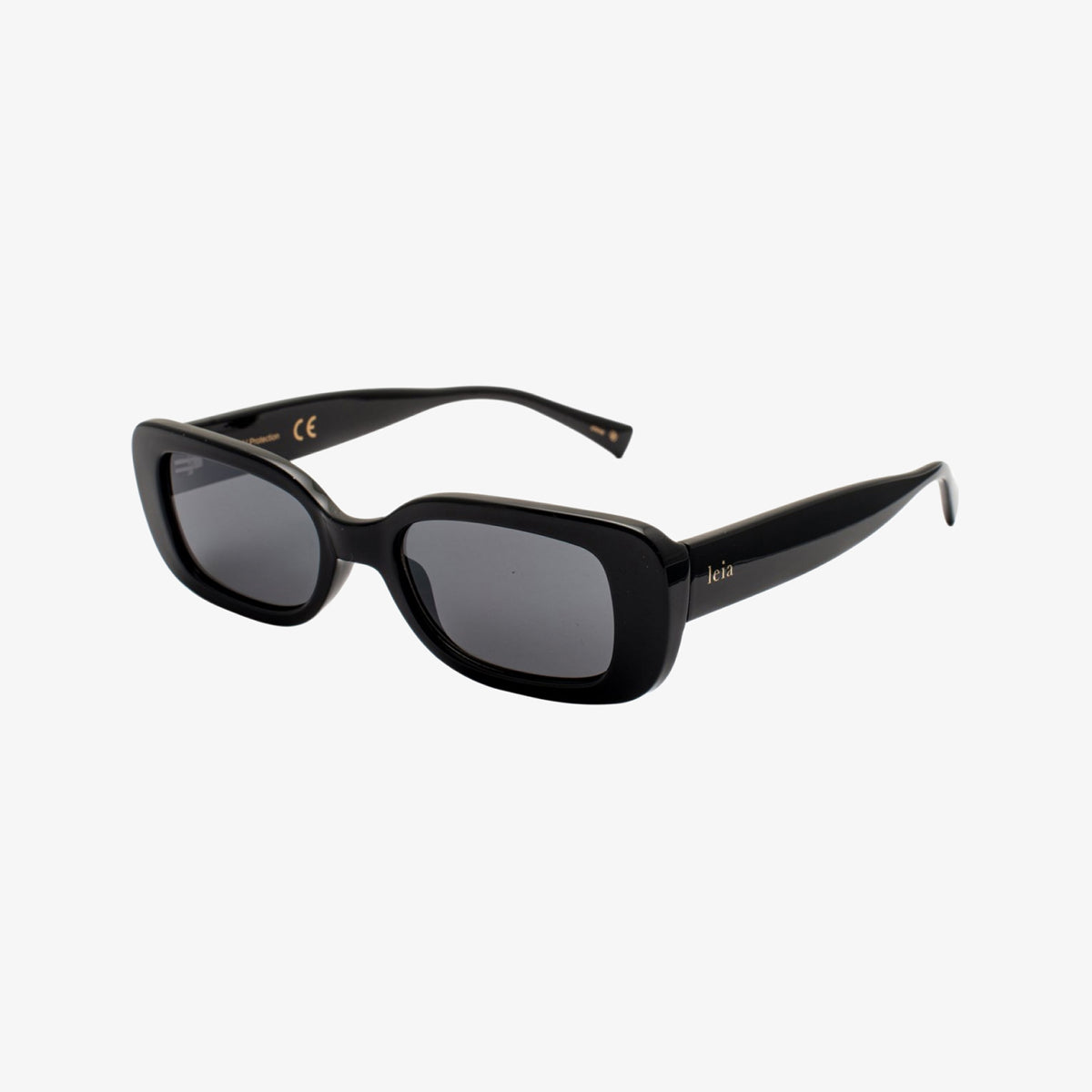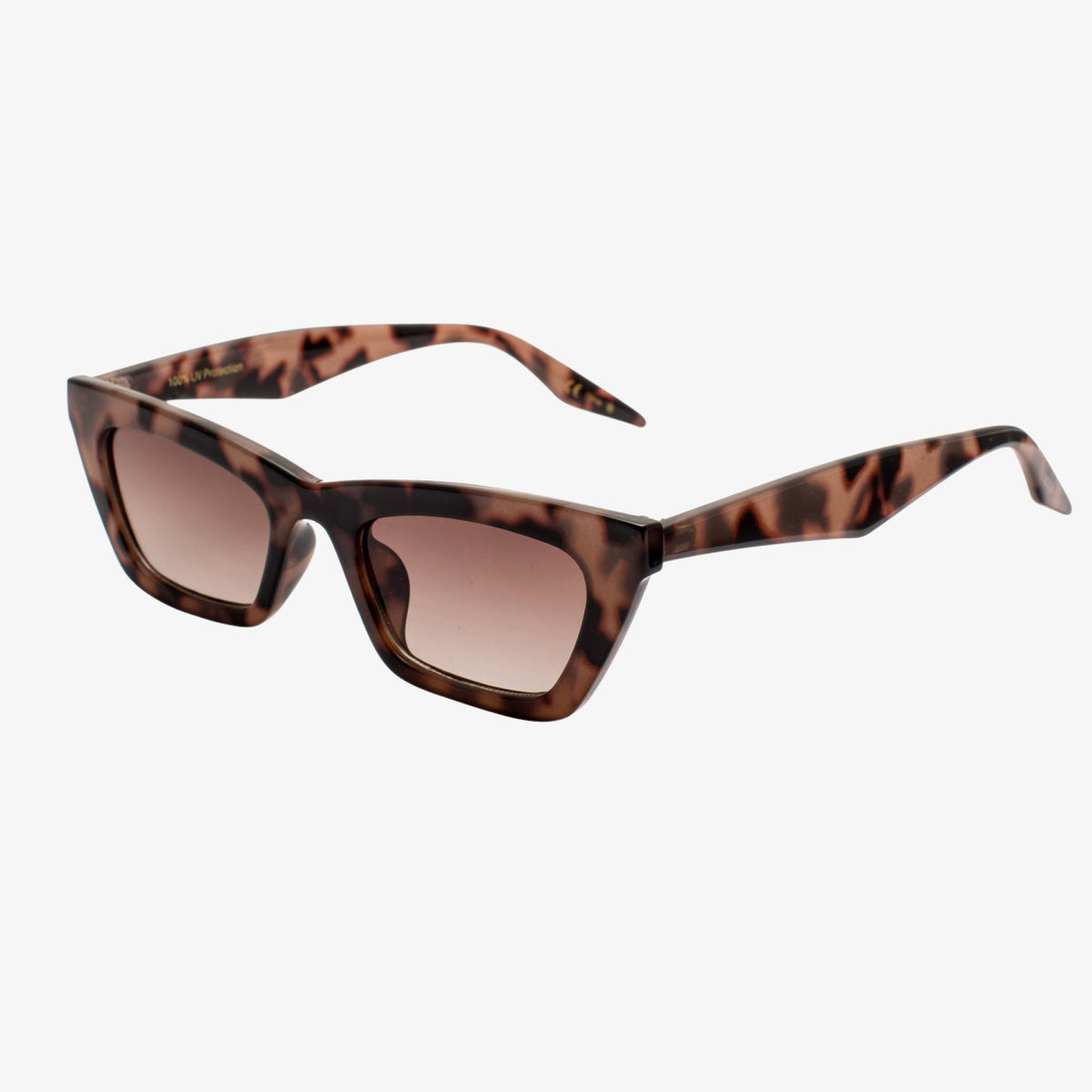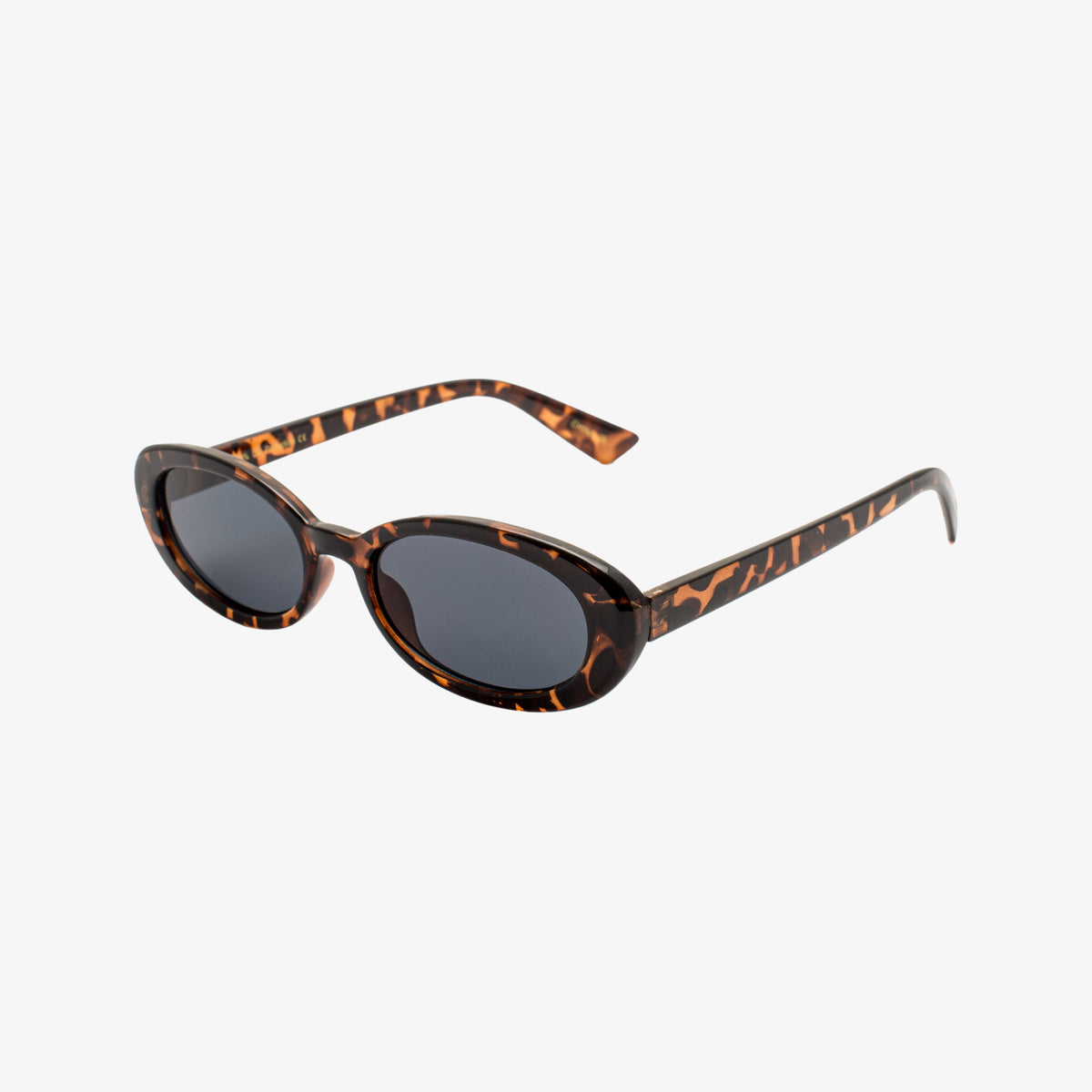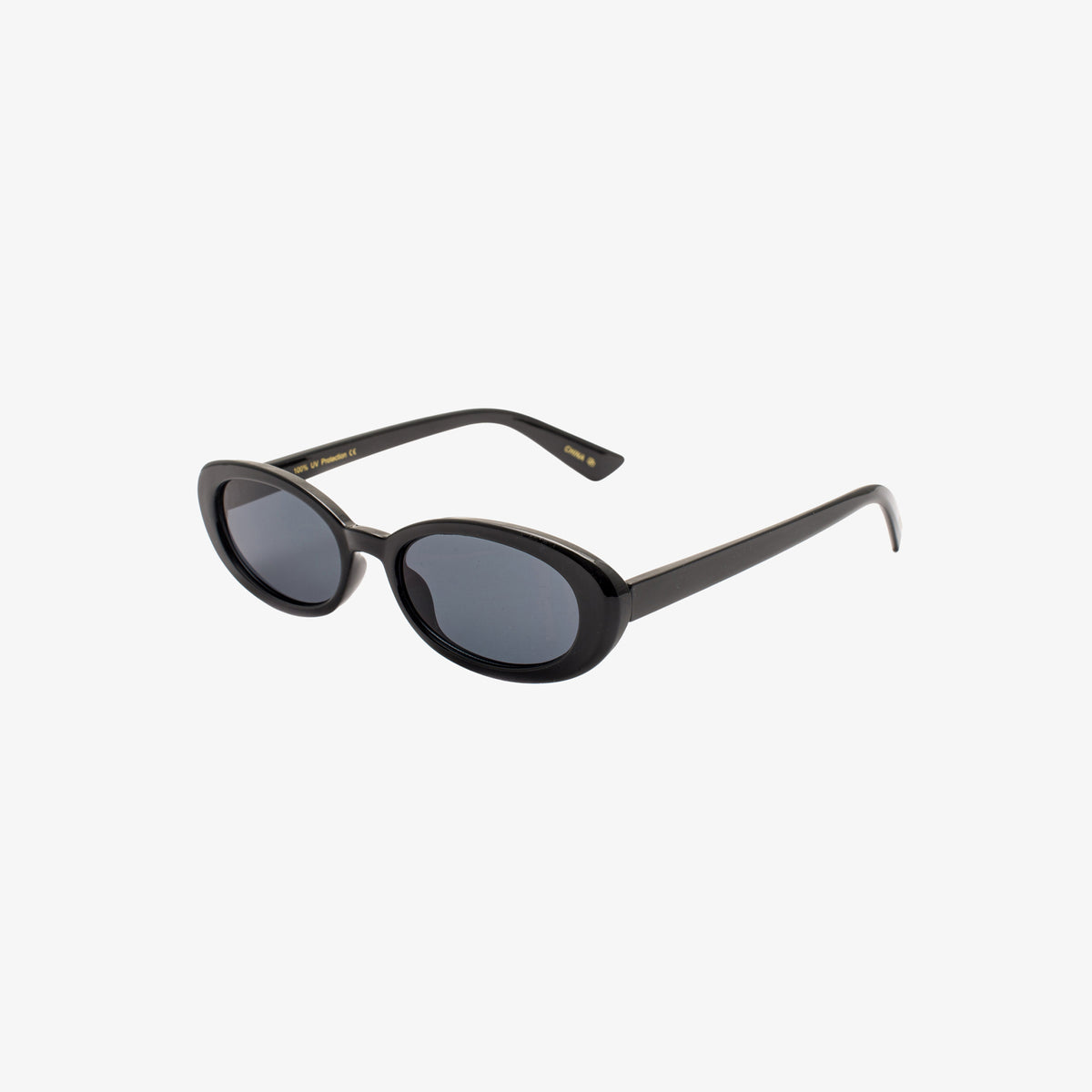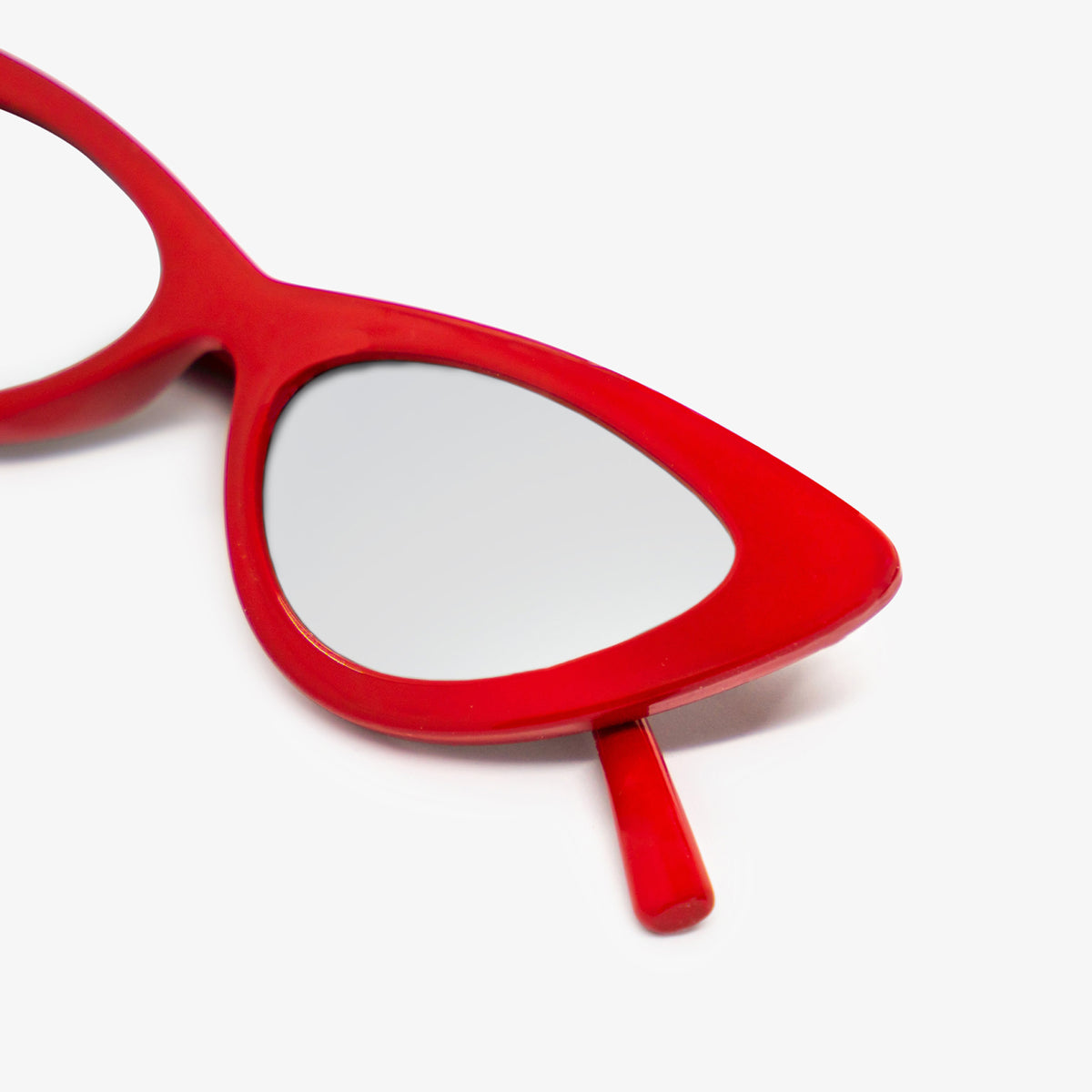They say that beauty is only skin deep, so it’s no surprise that the skincare market rakes in over $20 billion dollars per year in the US alone (Statista.com). Our skin is the biggest organ in our body, and it’s almost entirely exposed to the elements, so we know how important it is to nourish it, protect it, and keep it healthy. With entire drug store aisles devoted to different moisturizers, toners, exfoliators, and anti-aging creams, skincare can be a time-consuming, expensive, and sometimes daunting task; not to mention the harmful effects that caking excessive products onto our faces day after day can have on our poor, sensitive skin. So how do we know what products have all the much-needed nutrients our skin craves and where do we draw the line?
Science is starting to suggest that nourishing our skin from the inside may actually be a more effective method of preserving our natural beauty than using a medicine cabinet full of ointments and cleansers. While pollutants can enter our skin from the outside, important nutrients for our skin’s health are largely water soluble and cannot break through the skin’s protective barrier, meaning they don’t penetrate deep into the skin. Protection from everything from premature signs of aging to skin cancer can be gained from the proteins, vitamins, and minerals found in a balanced diet. Here are a few of the most effective comestibles to lead the charge.
Collagen
View this post on Instagram
Collagen is the most abundant protein in our bodies, and its responsibilities include, but are by no means limited to, keeping our skin tight, elastic, and youthful. The typical signs of aging (loosening of the skin, dryness, and wrinkles) all result from the breaking down of collagen structures as we age. Although collagen has widely been used in anti-aging creams for years, it has more recently broken into the nutrition supplement market, so replenishing your collagen reduction is now as easy as sipping your morning coffee or taking your daily vitamins. There are collagen creamers, collagen protein bars, and collagen gummies specifically designed to promote skin, hair and nail growth.
Water
No list about self-care is complete without including H2O. Our skin is 64% water, so it's easy to understand why proper hydration is paramount in maintaining skin health; but there are a few other reasons why carrying a water bottle around with you might be the best gift you could give your skin. Almost every organ in our body is made up, in large part, of water, with some of the highest consumers being the kidney and the liver at more than 70%. These organs work tirelessly to eliminate toxins from our bodies, including the pesky pollutants that clog our pores and result in bothersome skin ailments like acne, rashes, and sometimes life-threatening infections.
Pictured: Peyton Long Sleeve & Nova Short in Buff, Verie
Keeping properly hydrated is the number one step in keeping our entire body healthy, and that extends to our skin. Sneaking in sips of water whenever possible is a great way to reach those recommended liters per day, and while plain water is exactly what the dermatologist ordered, why not kill two birds with one stone? Brands like Flow offer flavored water options infused with collagen for a quick, easy, and refreshing way to knock off the first two hacks on the list.
Green Tea
Image: Healthline
We see green tea extracts in many face masks and moisturizers, so the benefits of this Asian export is no secret to the skincare market, but sticking to drinking the blend may be more beneficial than infused topical products. Green tea, and especially matcha green tea, are abundant in polyphenols (potent antioxidants) called catechins which work to prevent degenerative diseases and have anti-inflammatory properties (NCBI).
Skin inflammation may simply cause redness or puffiness, but it can also cause extreme stress resulting in rashes, pimples, or even blisters leading to scarring. This unique combination of catechins found in green tea may also support our skin’s battle against damaging free radicals as well as providing prebiotics to support our gut’s all important microbiome.
Read Valeria's recipe for her raspberry green tea smoothie.
Kombucha
Image: Food And Wine Magazine
Speaking of gut microbiome, kombucha (aka: the elixir of life) has entered the chat. If you’re not familiar with the magic of your gut biome, now’s the time to take a crash course. In addition to the incredible way our guts communicate with our body, evidence may suggest a healthy gut could also translate to healthier skin - nourishing our bodies from the inside out. According to a study in the Journal of Gastroenterology and Hepatology, the organic acids and probiotics in kombucha may improve the skin’s natural barrier against pollutes, positively affect skin hydration, and decrease inflammation, which are all known contributors to skin conditions like eczema and acne (Healthline).
The links between the fermented beverage and skincare are becoming so well known that some brands are coming out with their own topical kombucha products like antioxidant facials and exfoliating toners, though the whole body benefits of drinking the mix are just too convincing for this writer to pass up, and having a drink is arguably more fun than scrubbing your face.
View this post on Instagram
Healthy Fats
Image: Food Network
Monounsaturated and polyunsaturated fats (aka: healthy fats) that we get from eating foods like salmon, nuts, and avocados are partly to thank for giving our skin that healthy glow, while a diet deficient in fat may lead to skin appearing dry and wrinkled. Our body uses omega-3 fatty acids, a type of polyunsaturated fat that our bodies require to build cell walls ensuring our skin stays firm and flexible, on top of its healthy glow. But we are unable to produce these fatty acids on our own. A dietary supplement, certain seafoods (salmon, tuna, and sardines), or plant oils (flaxseed or olive oil) are our bodies’ best and most efficient ways to gain these nutrients and reinforce our skin’s natural barrier so that pollutants stay out and moisture stays in.
Eat the Alphabet
When I say “eat the alphabet”, I mean (Vitamin) A to Z(inc), and almost everything in between, because there are a plethora of essential vitamins and minerals we can get from our diet that have a direct impact on the health of our skin. Many of these vitamins are known to the skincare market, which is why we see them across drug store shelves, but these are a few of the front runners for most impactful and where you can find them at the supermarket:
Image: Delallo
Vitamin A is an antioxidant that can provide protection from the sun while also preventing the breakdown of collagen. Vitamin A is commonly found in scar treatment oils due to its healing properties surrounding cuts and scars, making it somewhat of a medical marvel in terms of dietary supplements. Vitamin A is found in kale, spinach, red bell peppers, and eggs.
Vitamin C is a strong antioxidant so it will protect our skin from free radicals, while also being a key contributor to helping collagen form strong bonds so that our skin stays tight and supple. Vitamin C is found in citrus fruits, strawberries, broccoli, and white potatoes.
Vitamin E is commonly found in skin care products due to its ability to reduce UV damage as well as the protection it provides from free radicals. Its antioxidant properties make it the ideal weapon against tell-tale signs of skin damage as well as premature aging. Vitamin E is found in peanut butter, collard greens, asparagus, and mangos.
Zinc has been saving lifeguards from sun glare and skin cancer for decades. When used as a topical cream, zinc literally blocks harmful UV rays from coming in contact with the skin, so it’s no surprise it’s at the forefront of our battle against foreign invaders.
Image: Vogue
The outer layers of our skin require a lot of zinc to not only protect itself, but also to keep cell walls strong and promote healthy cell division so that the next generation of skin cells are even healthier than the last. Oysters are long and away the highest source of zinc that we can get from food (almost ten times greater than the runner up beef), but there are also relatively high amounts of this magical mineral in beans, pumpkin seeds, and hamburger beef.


